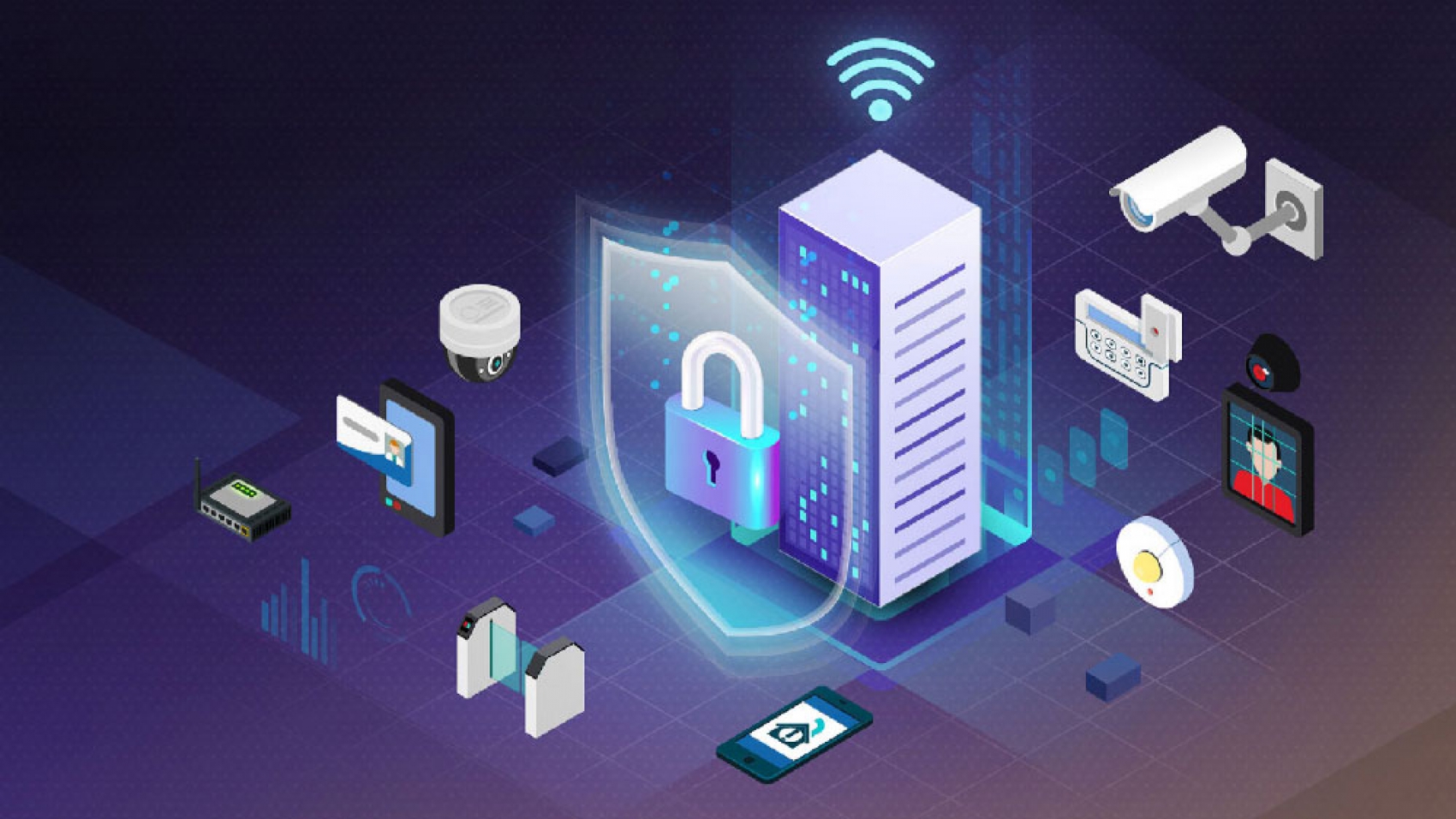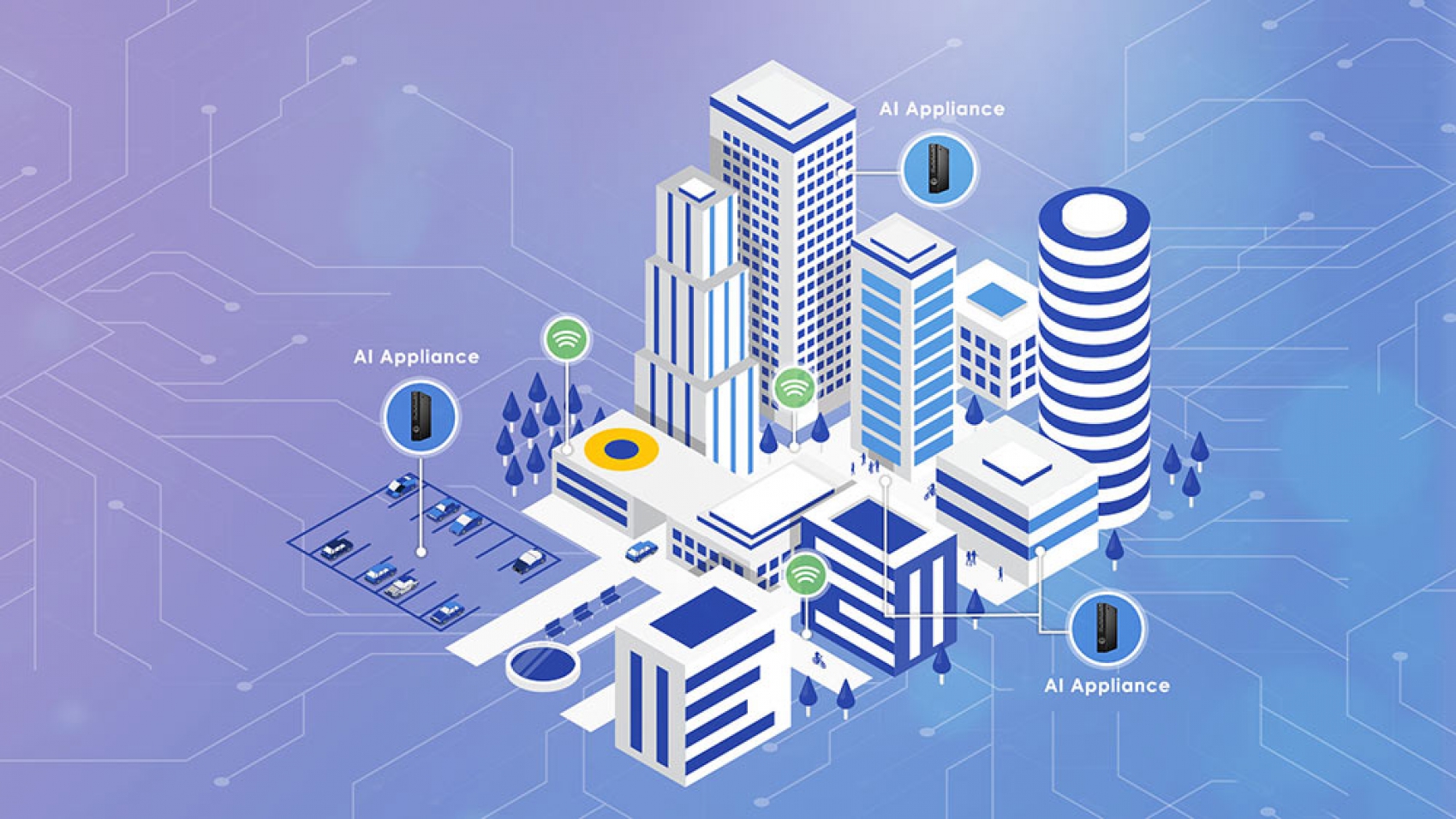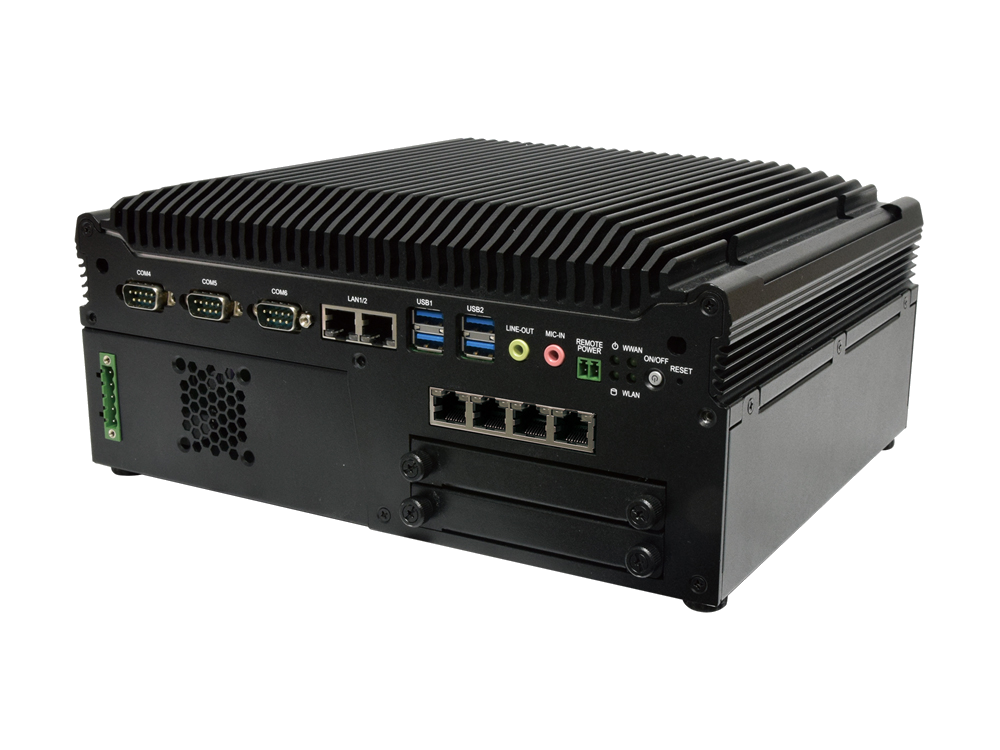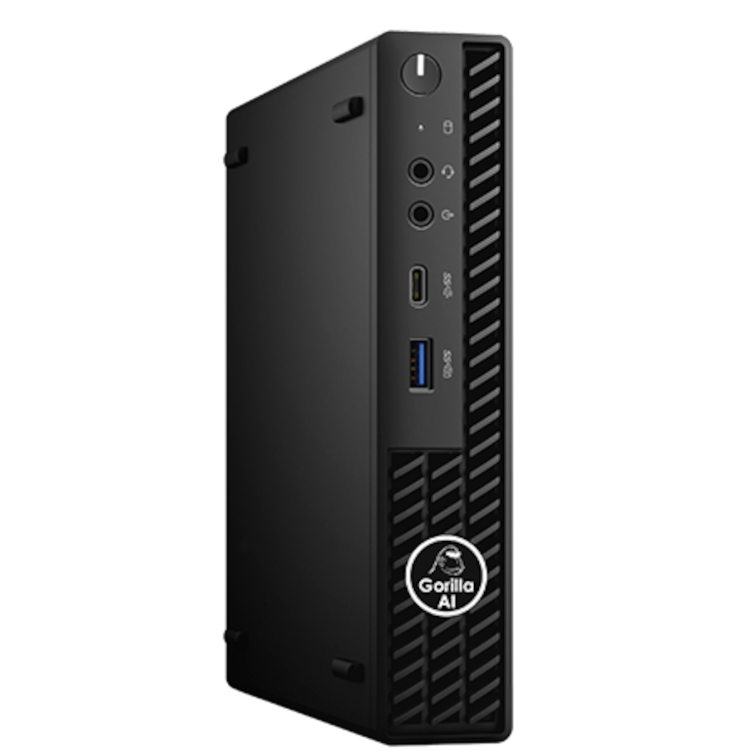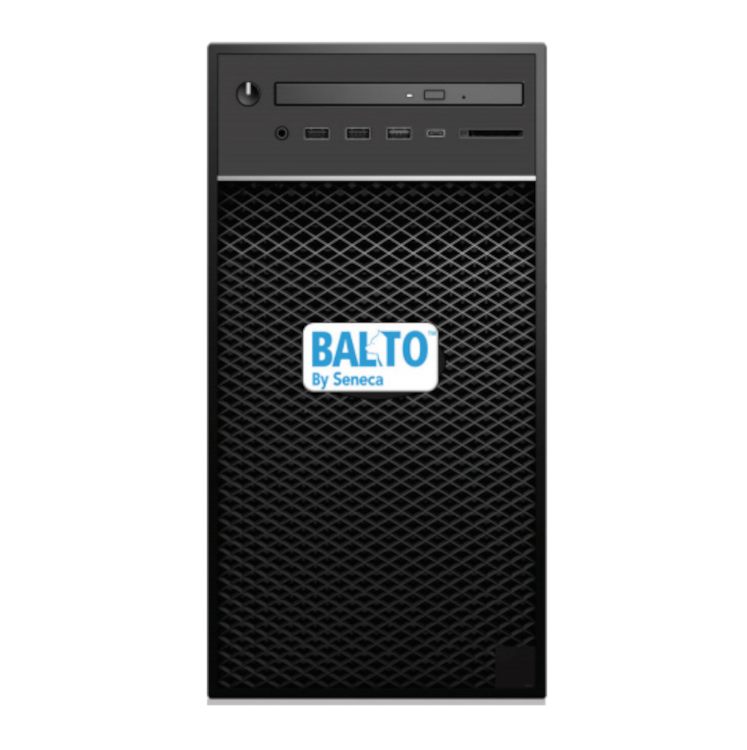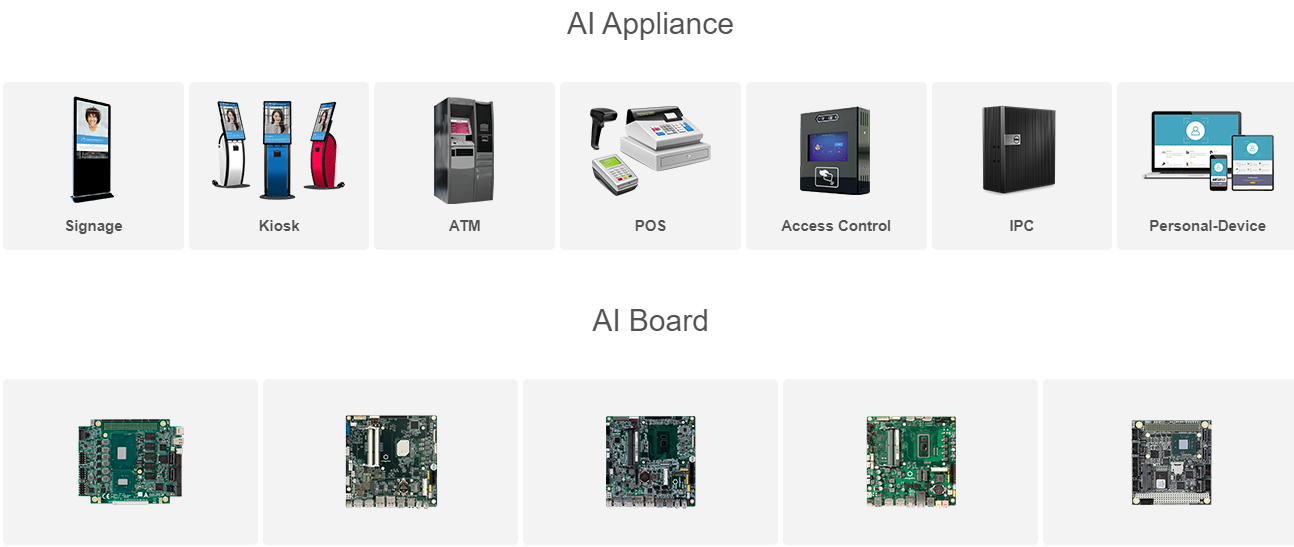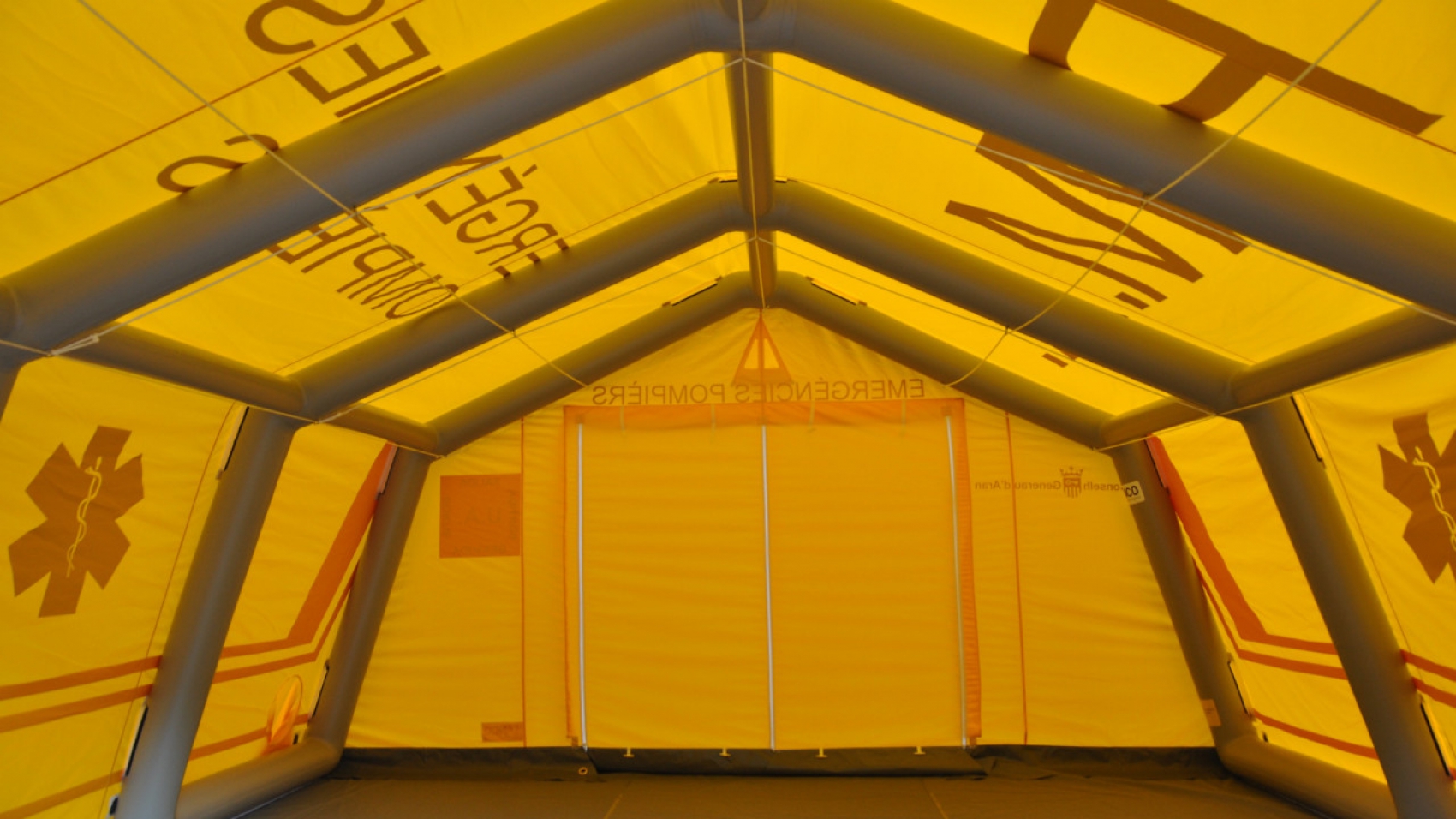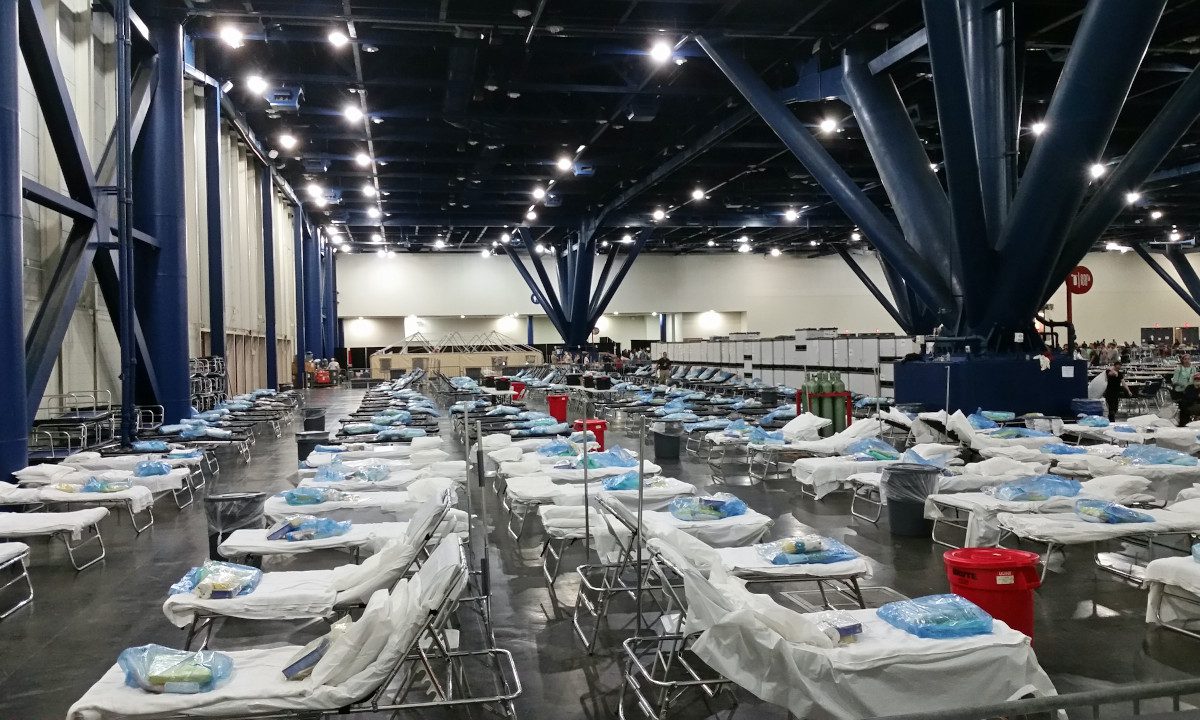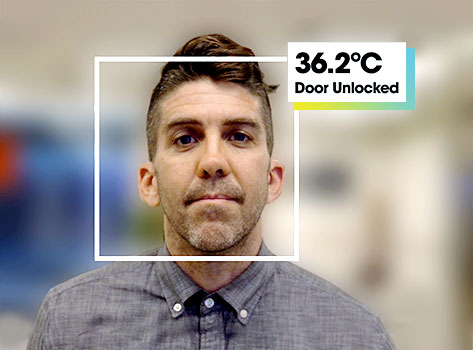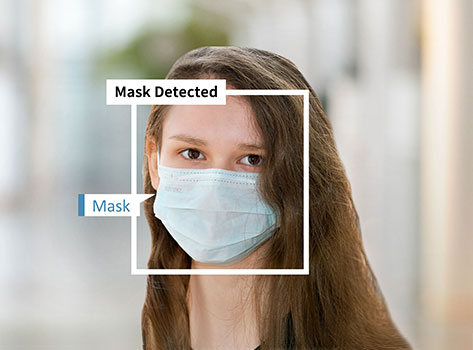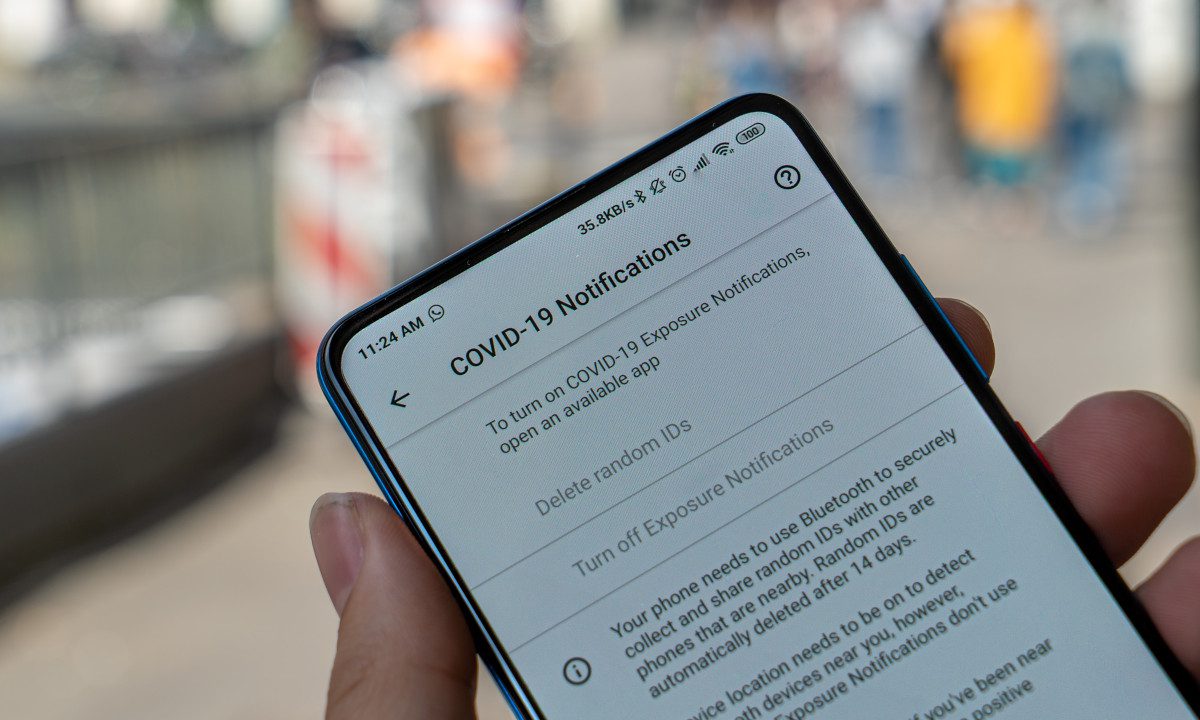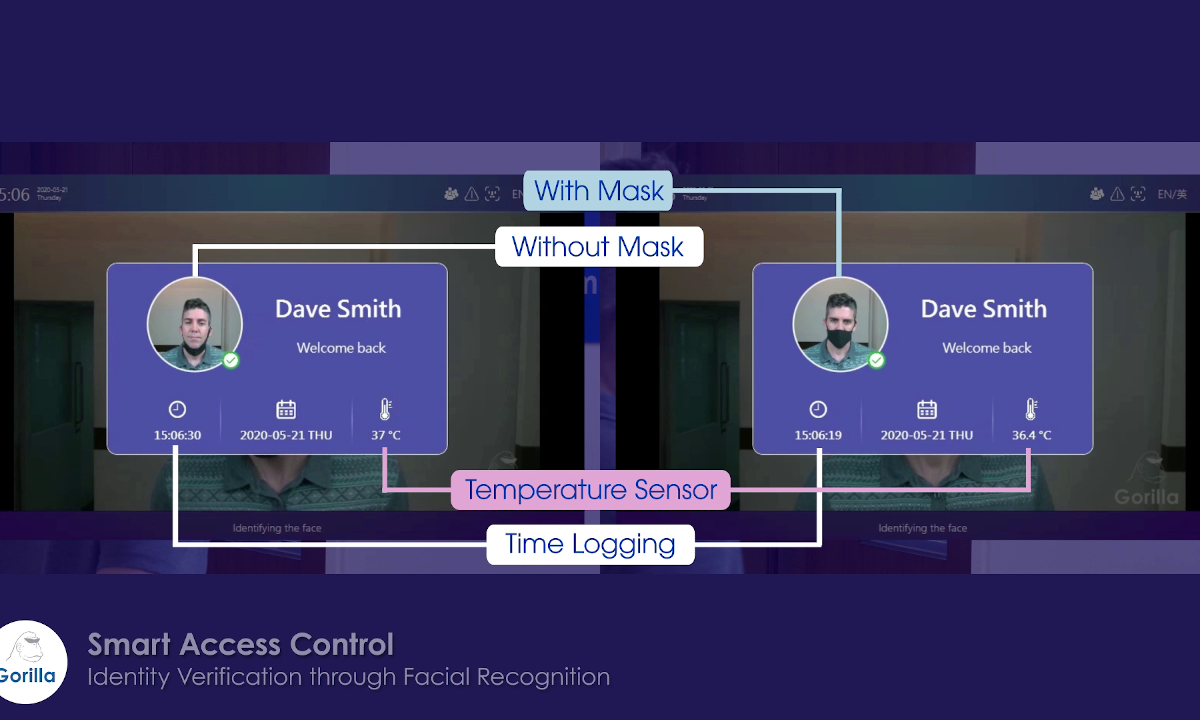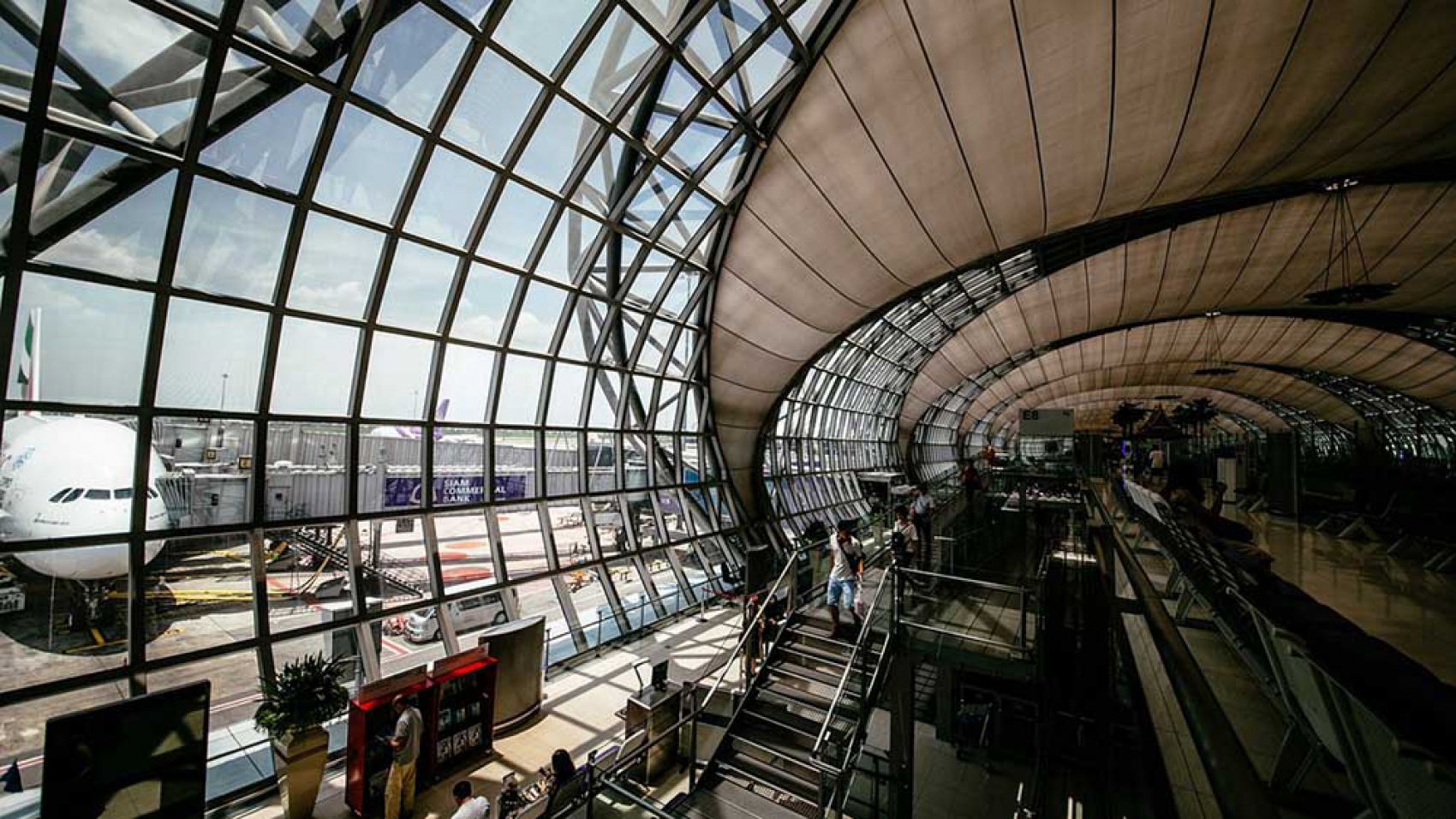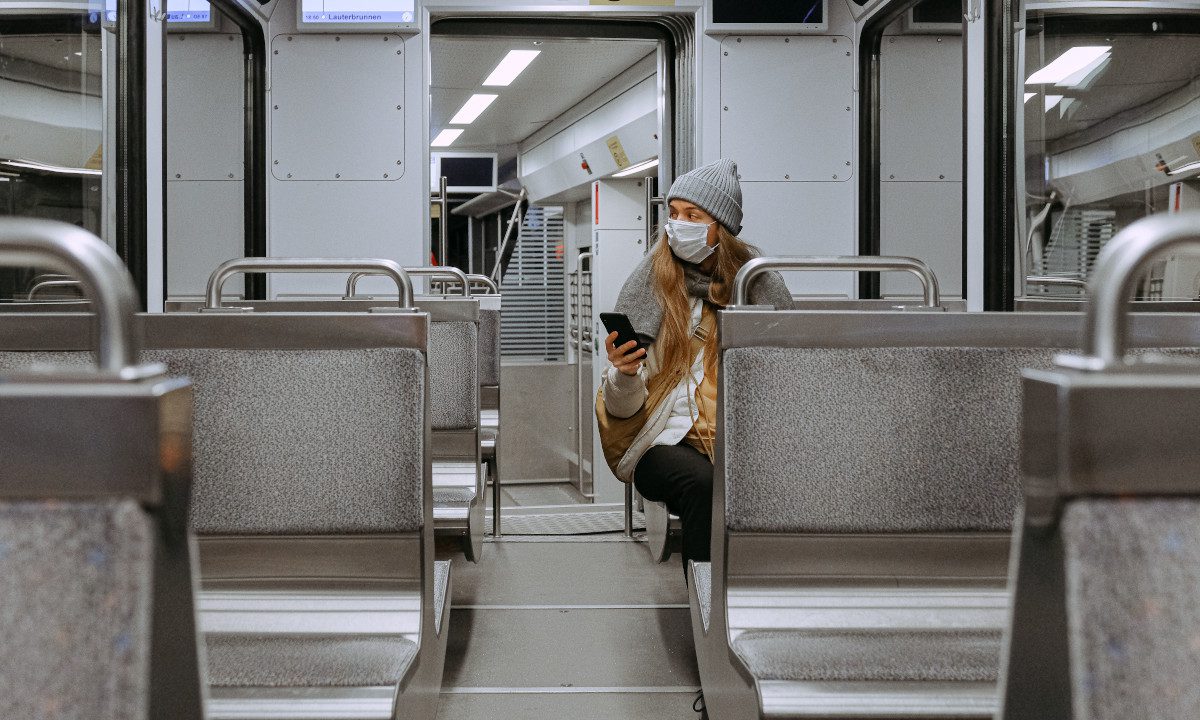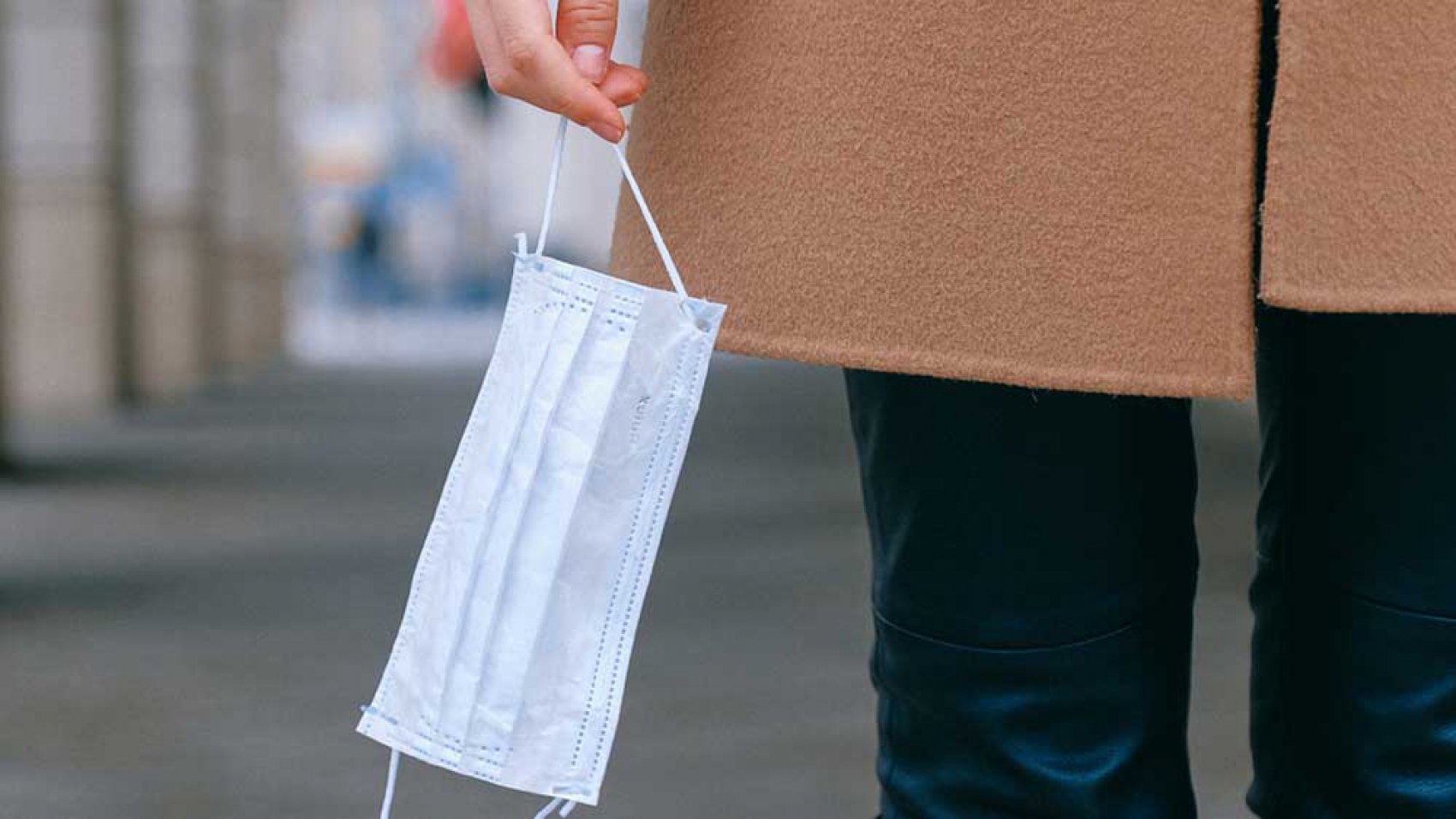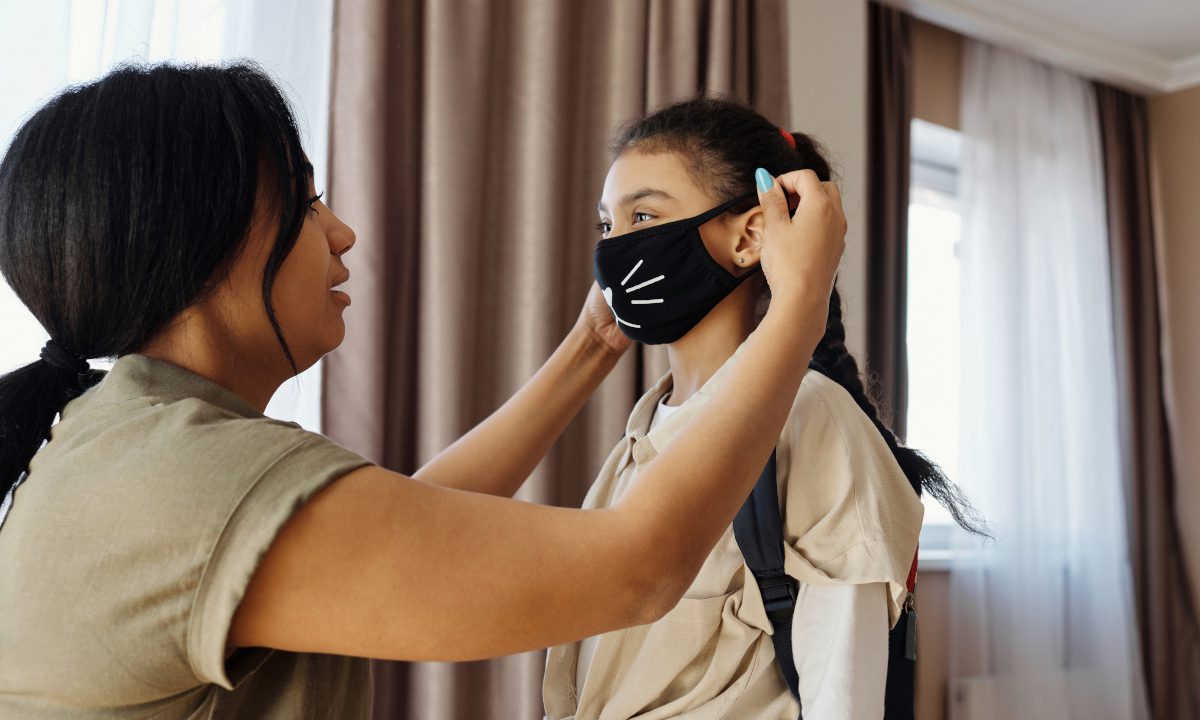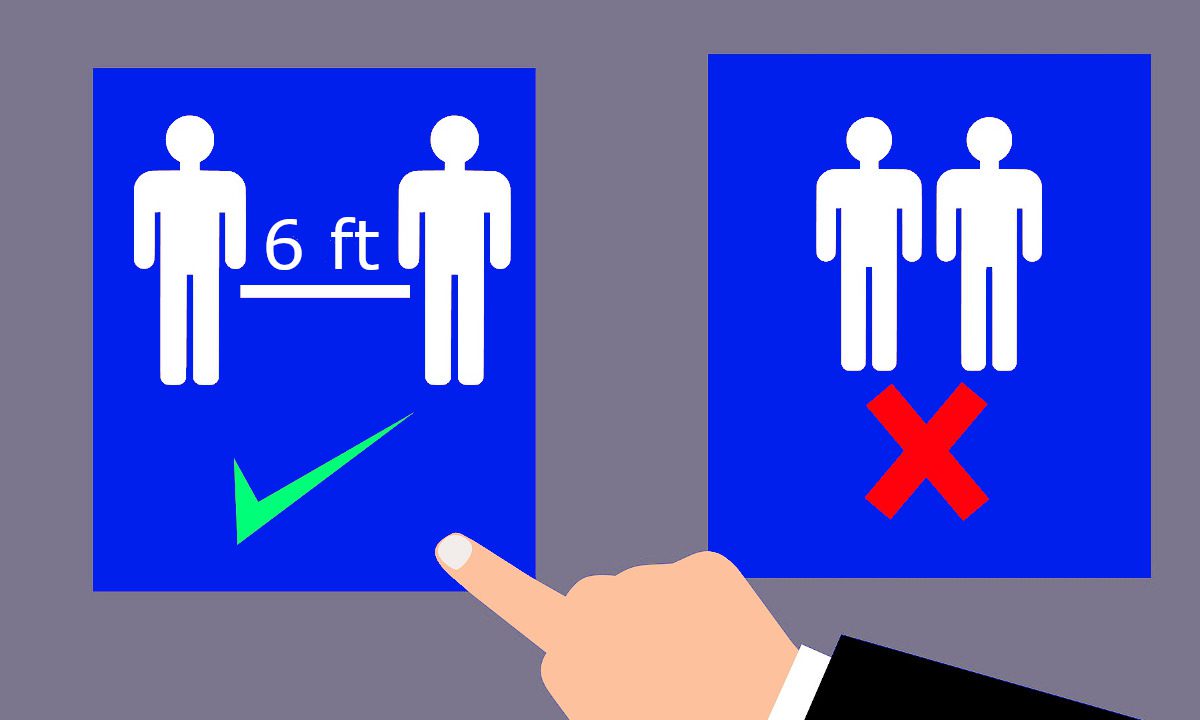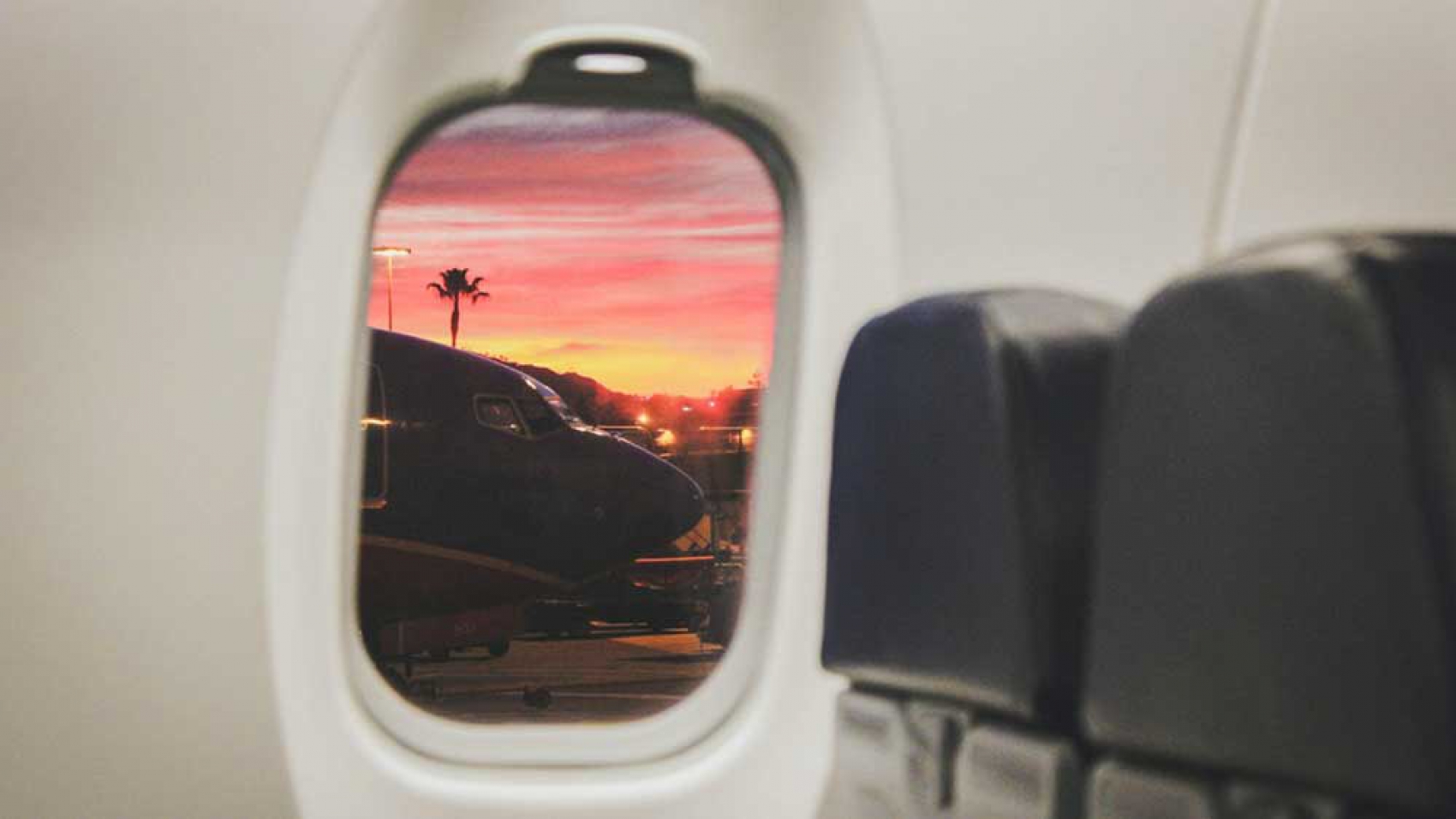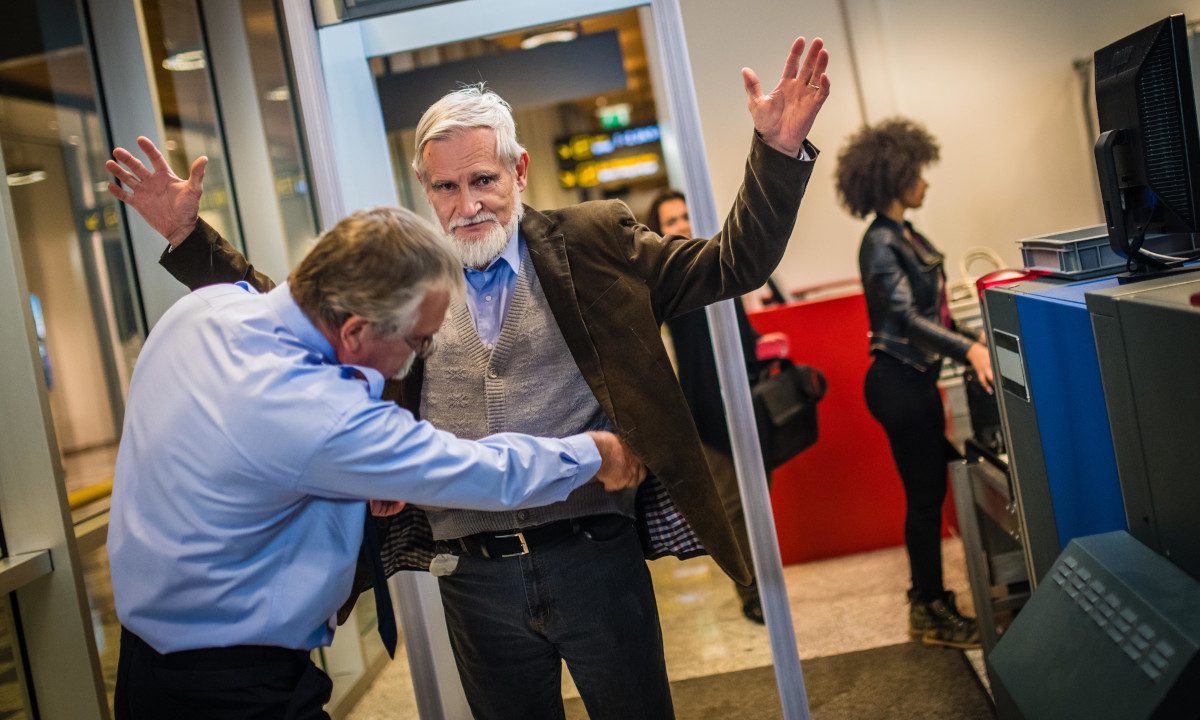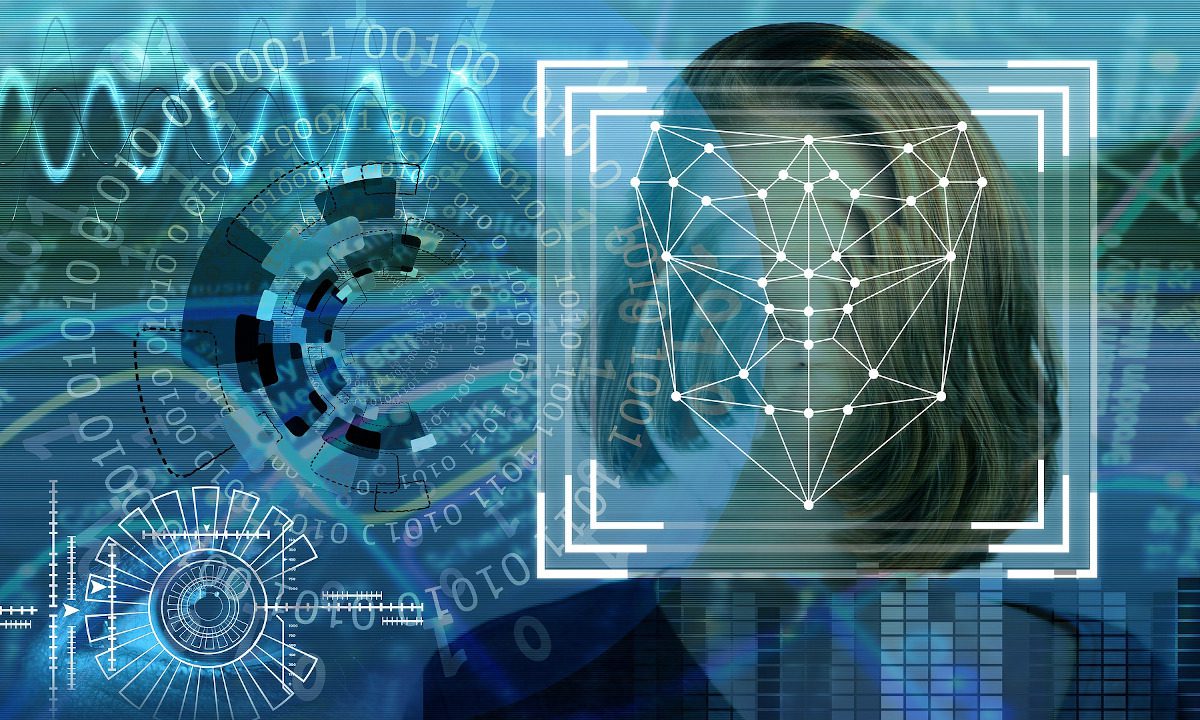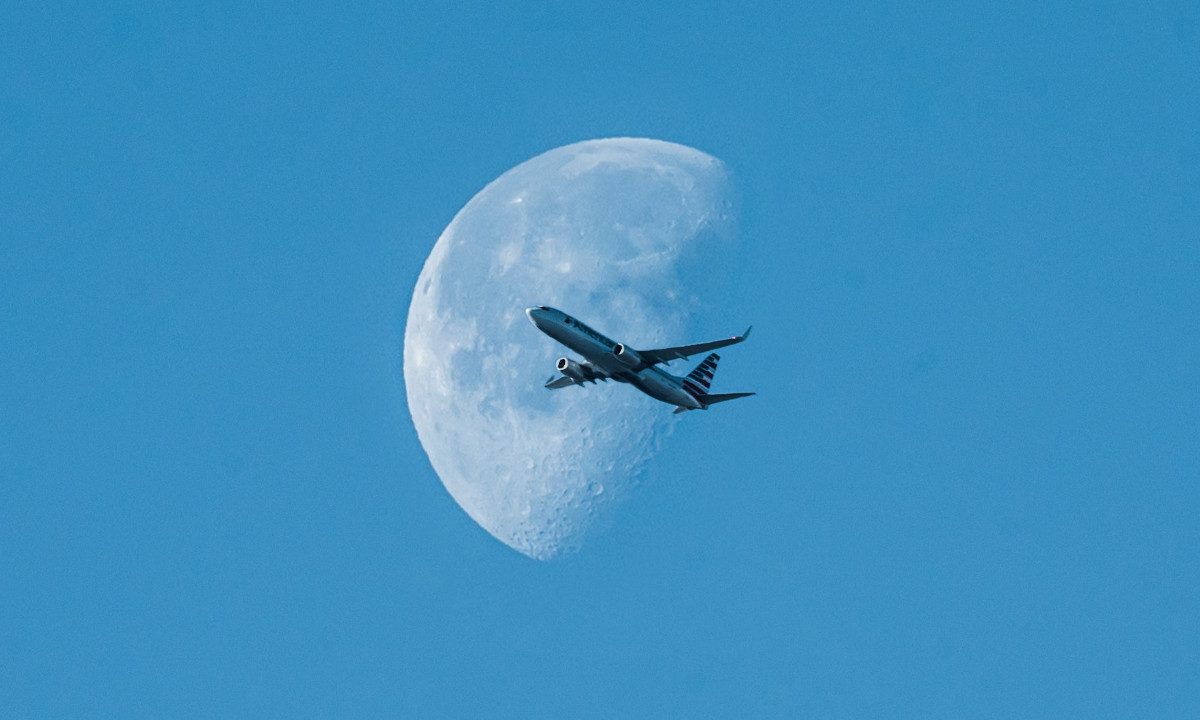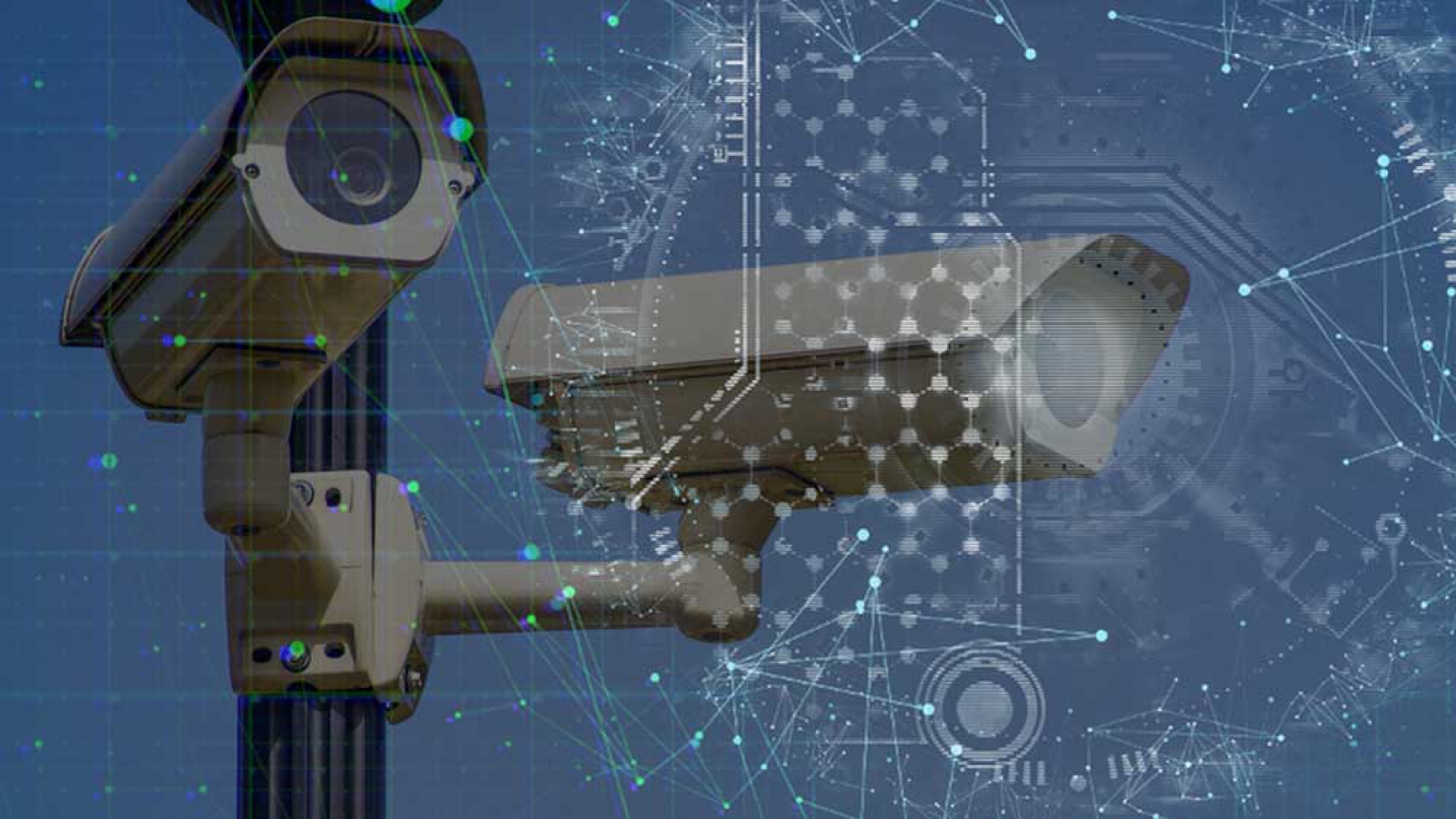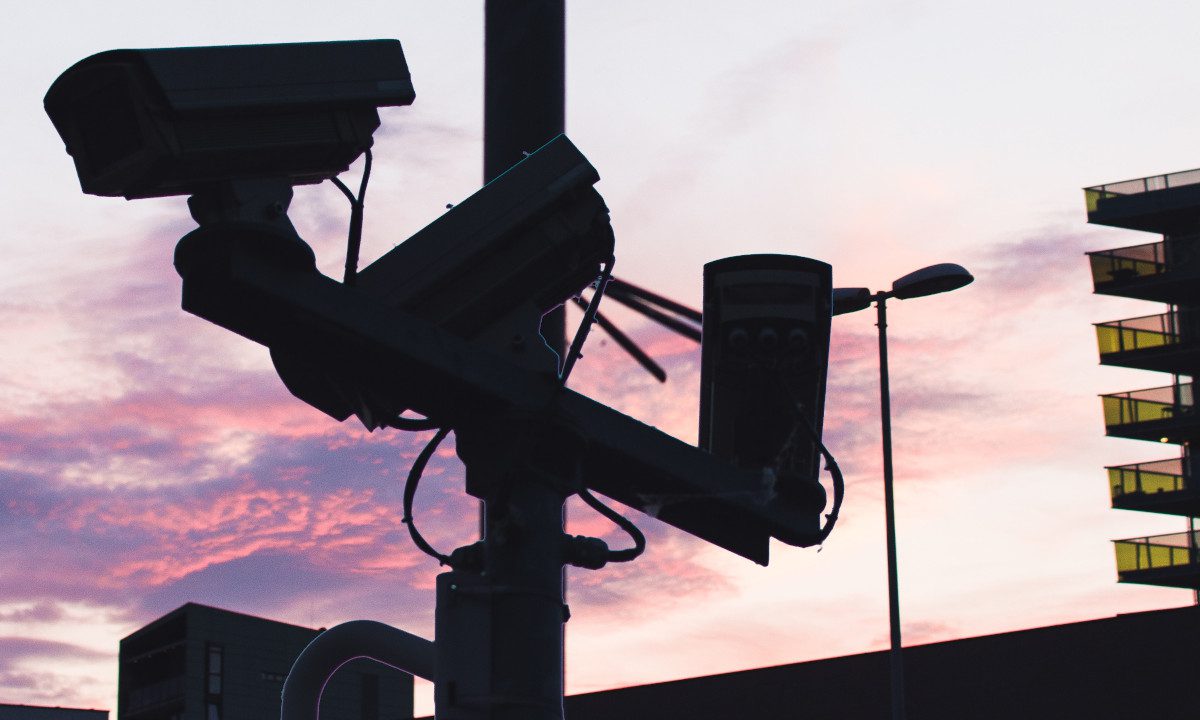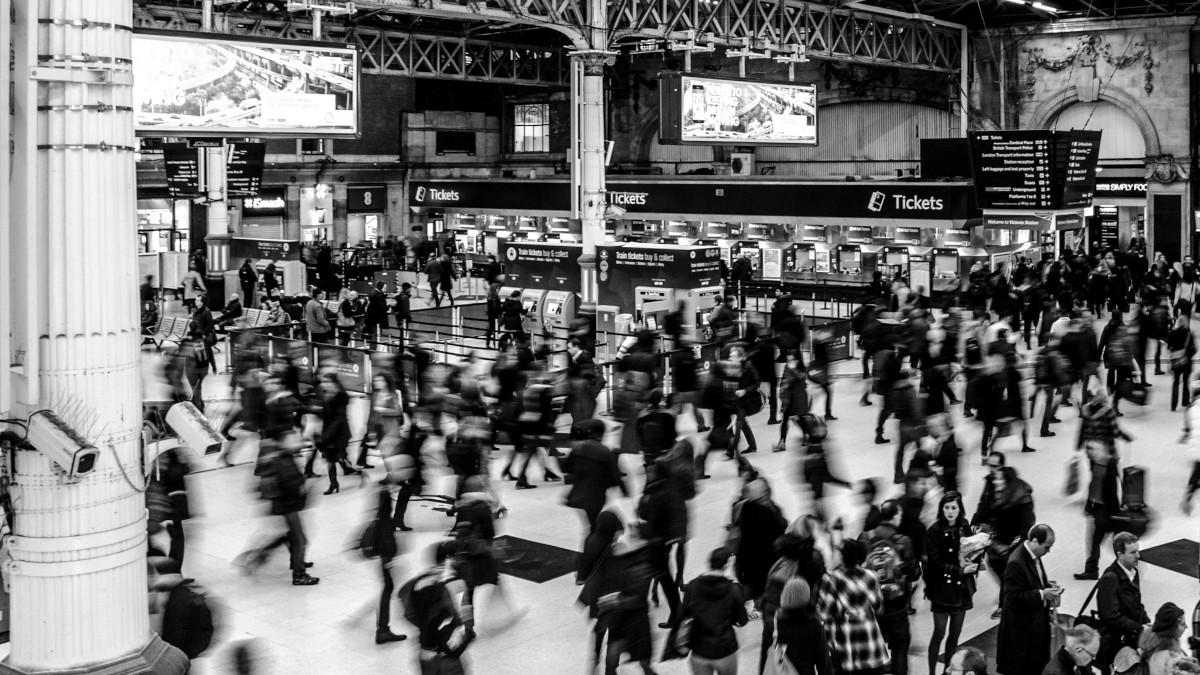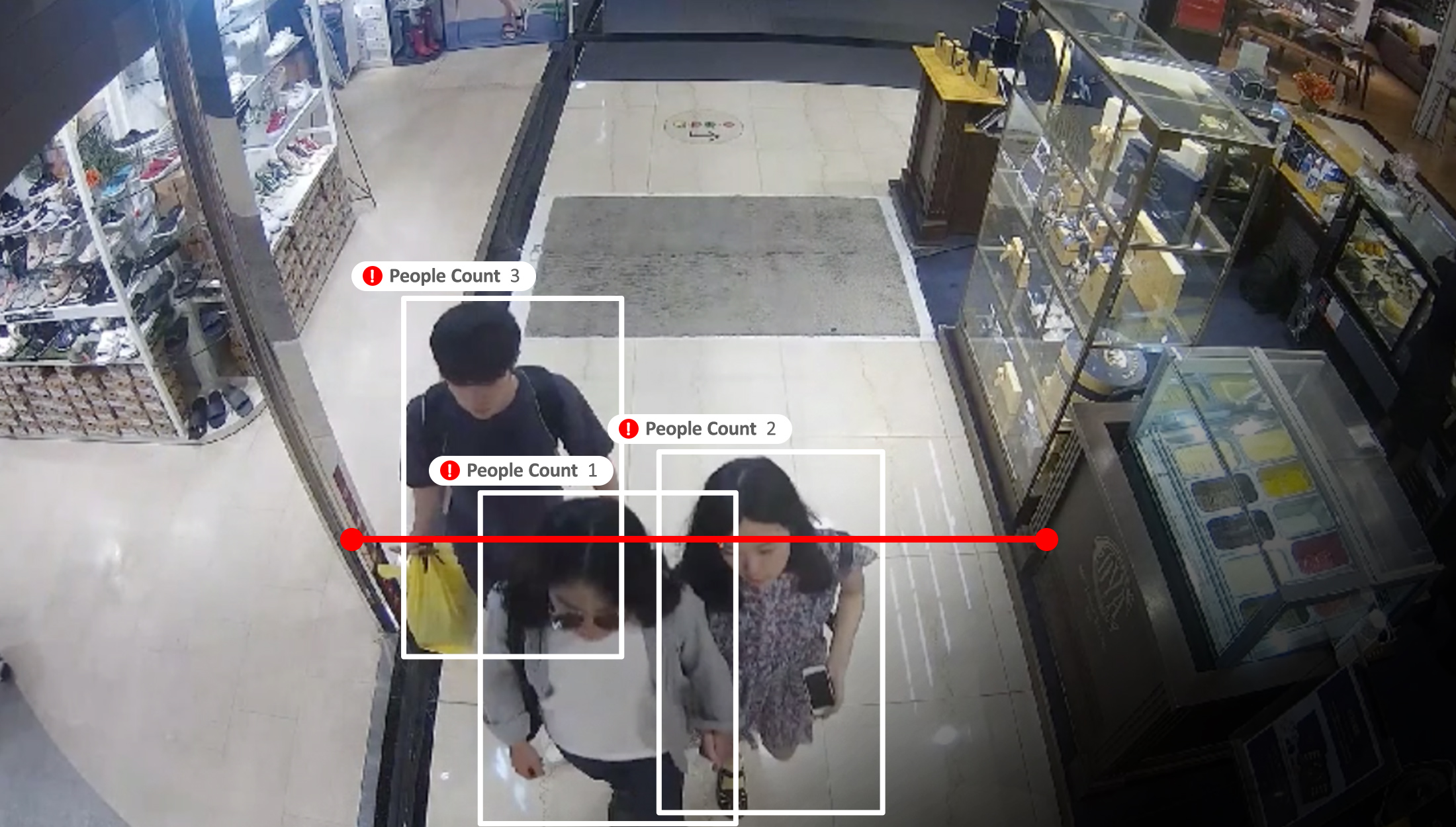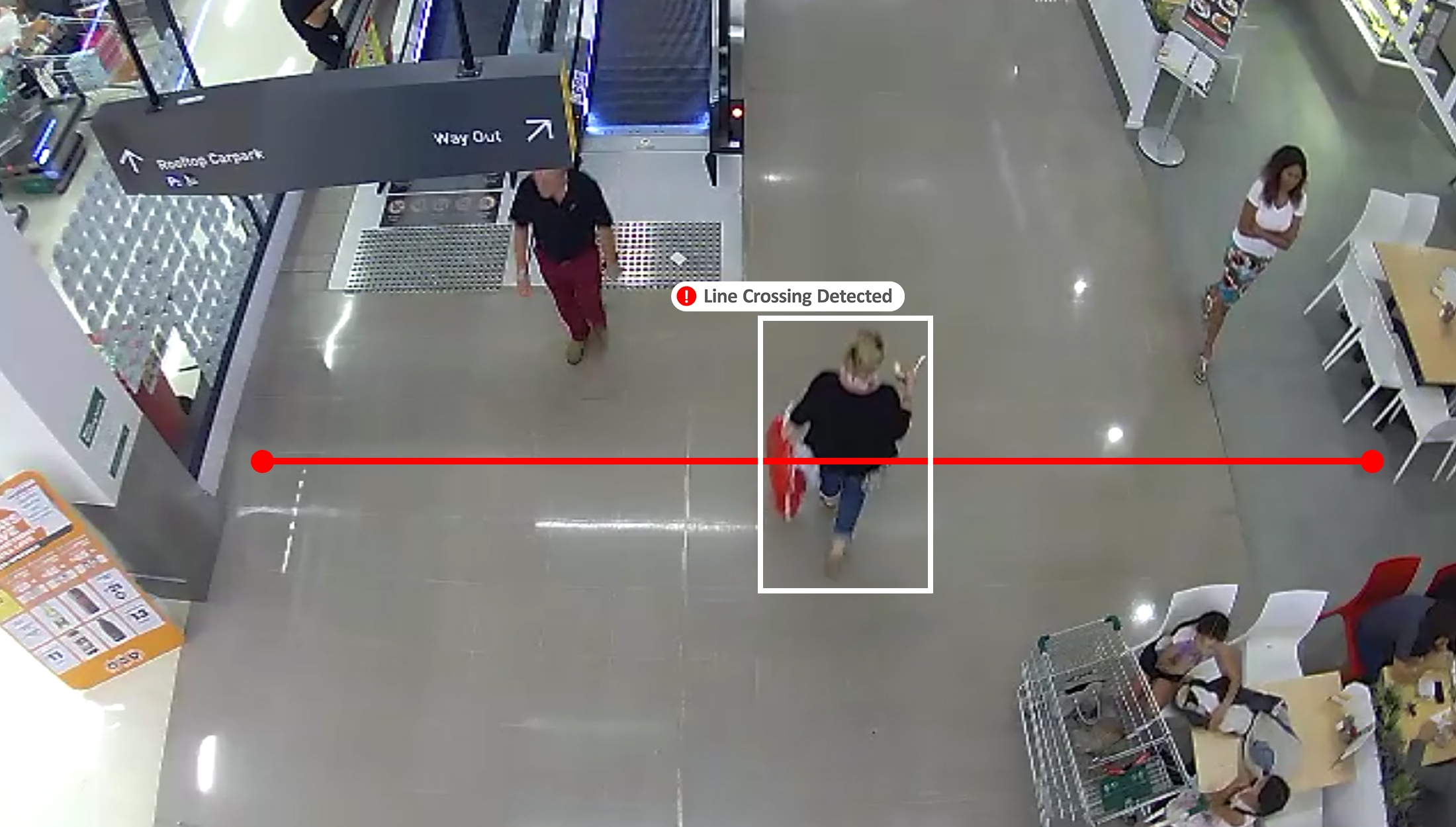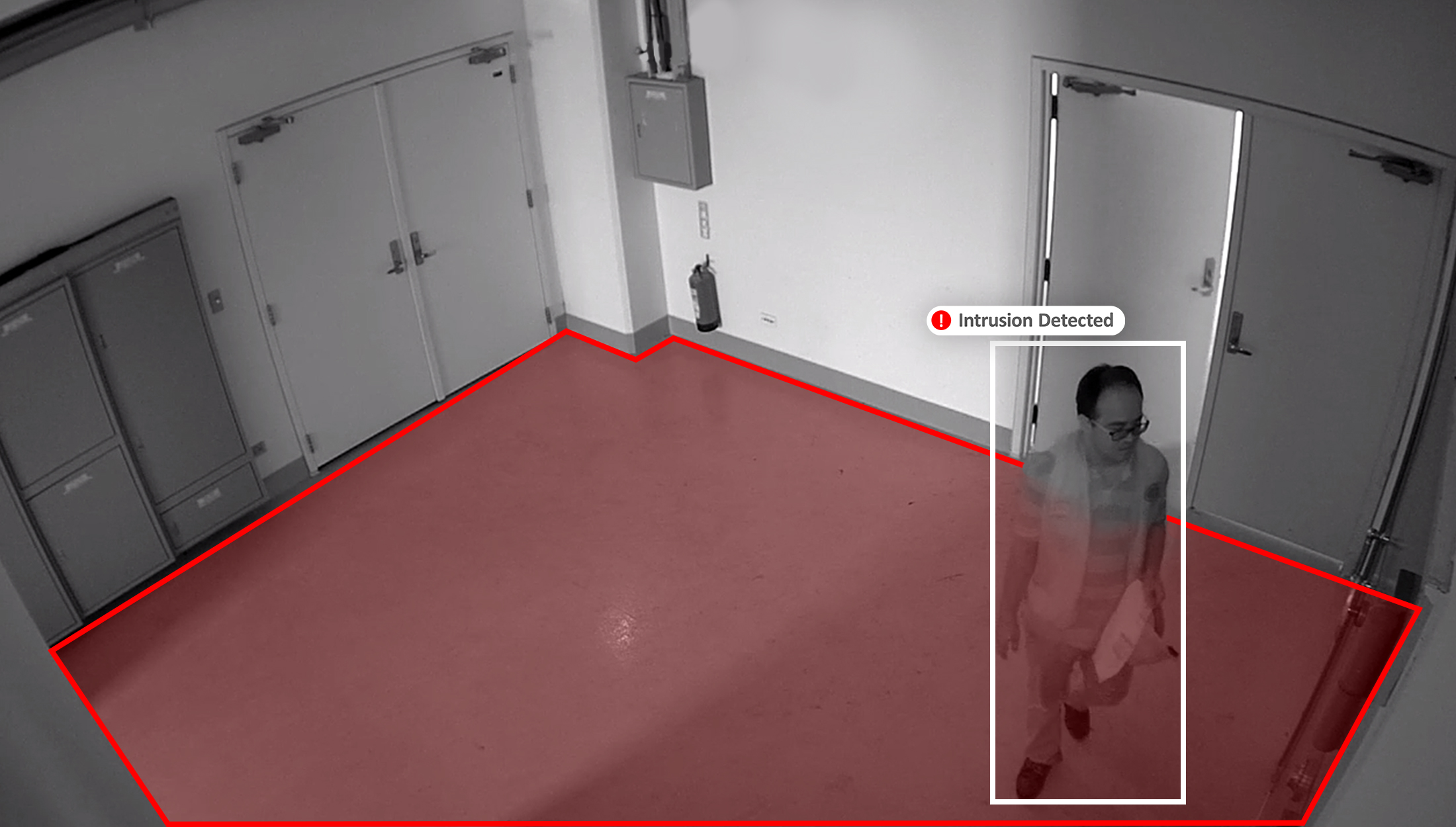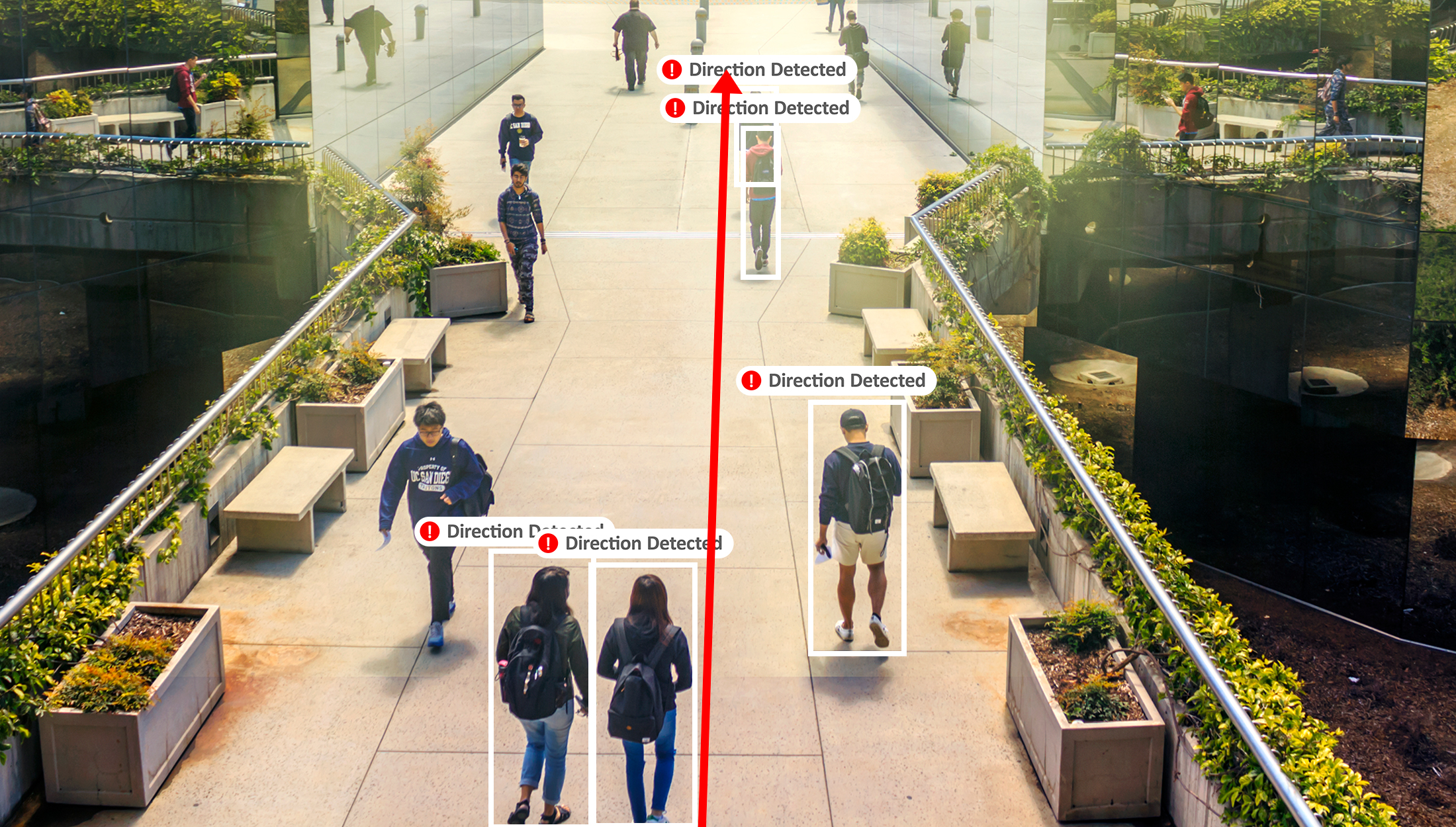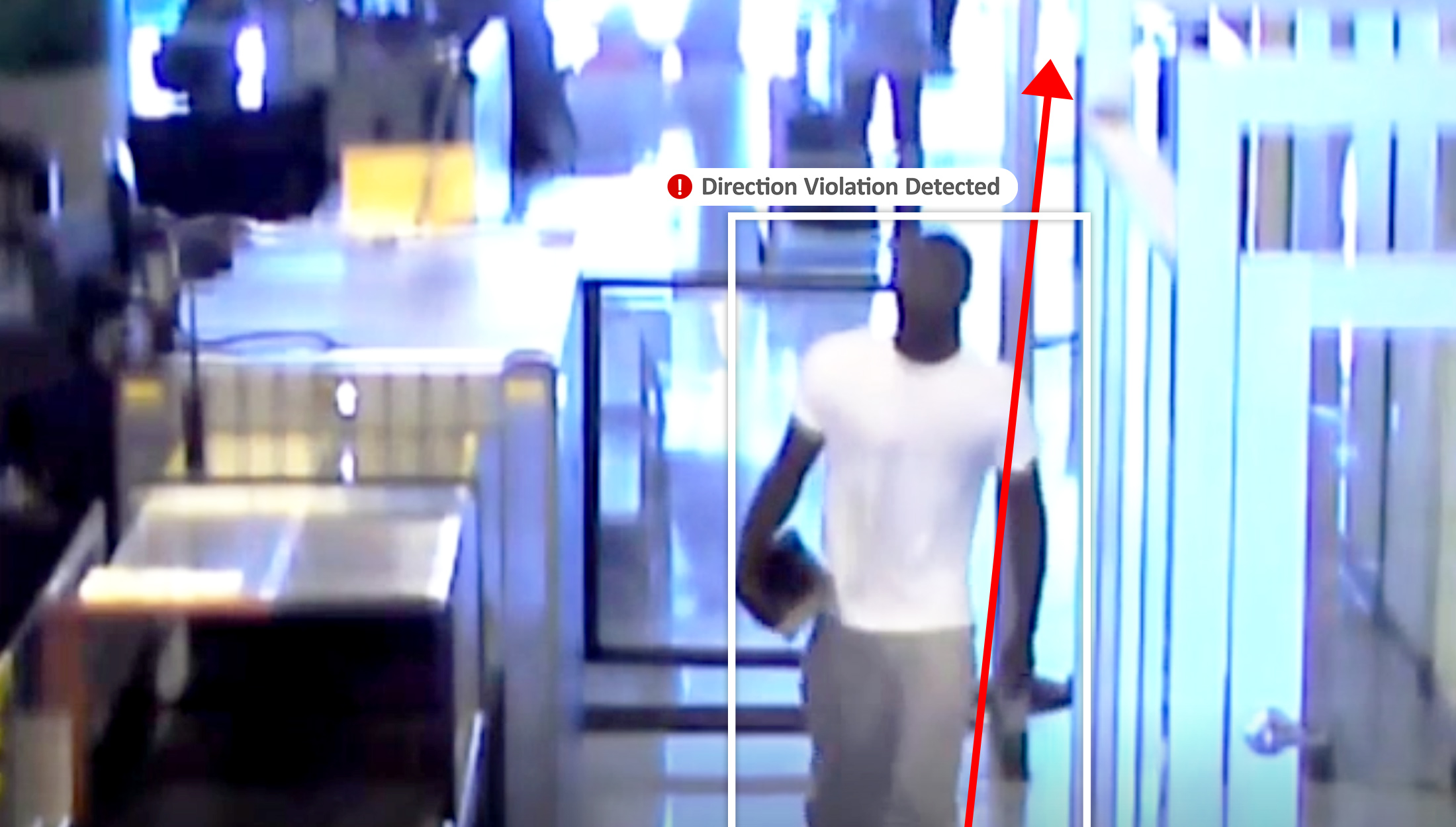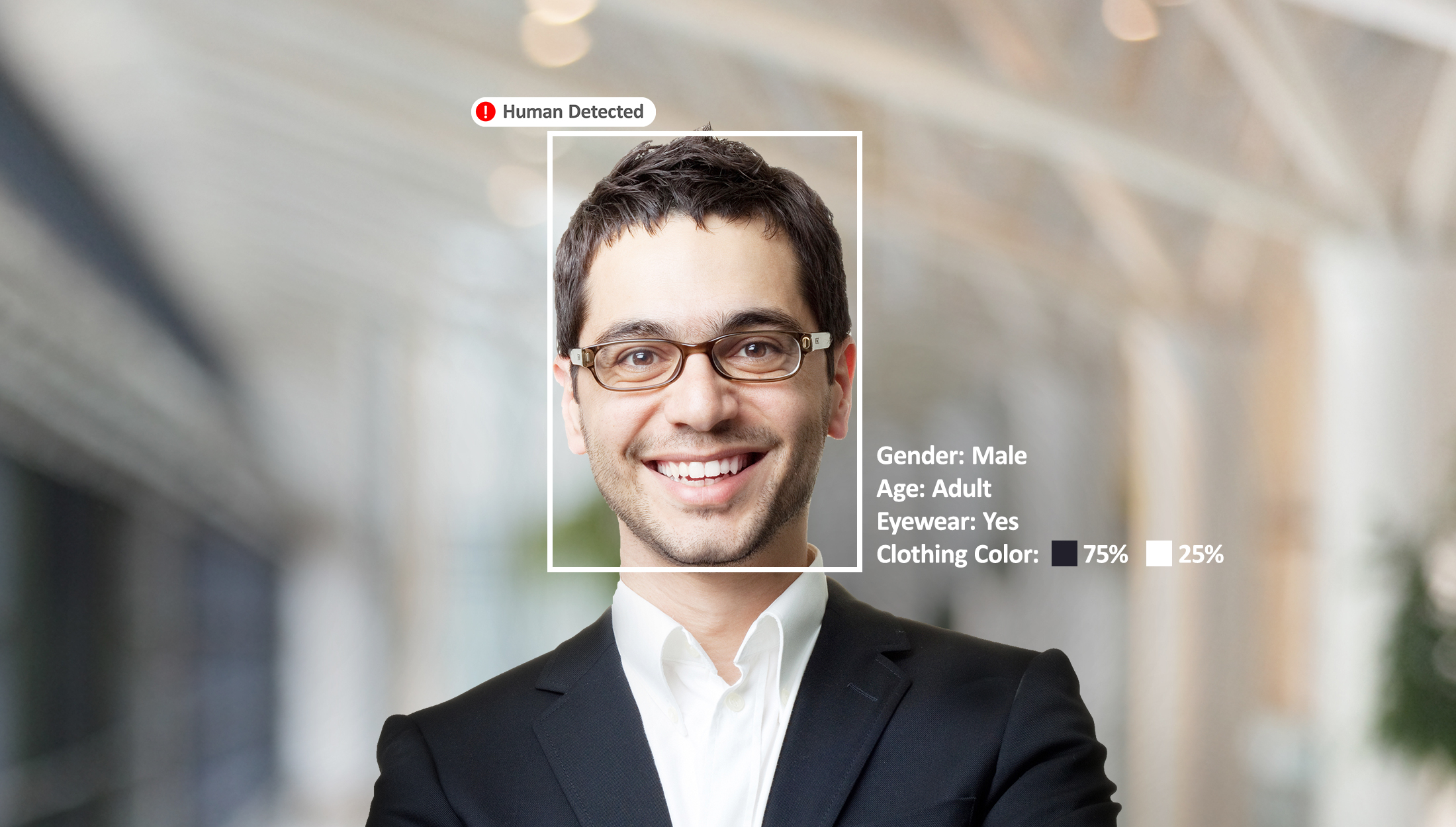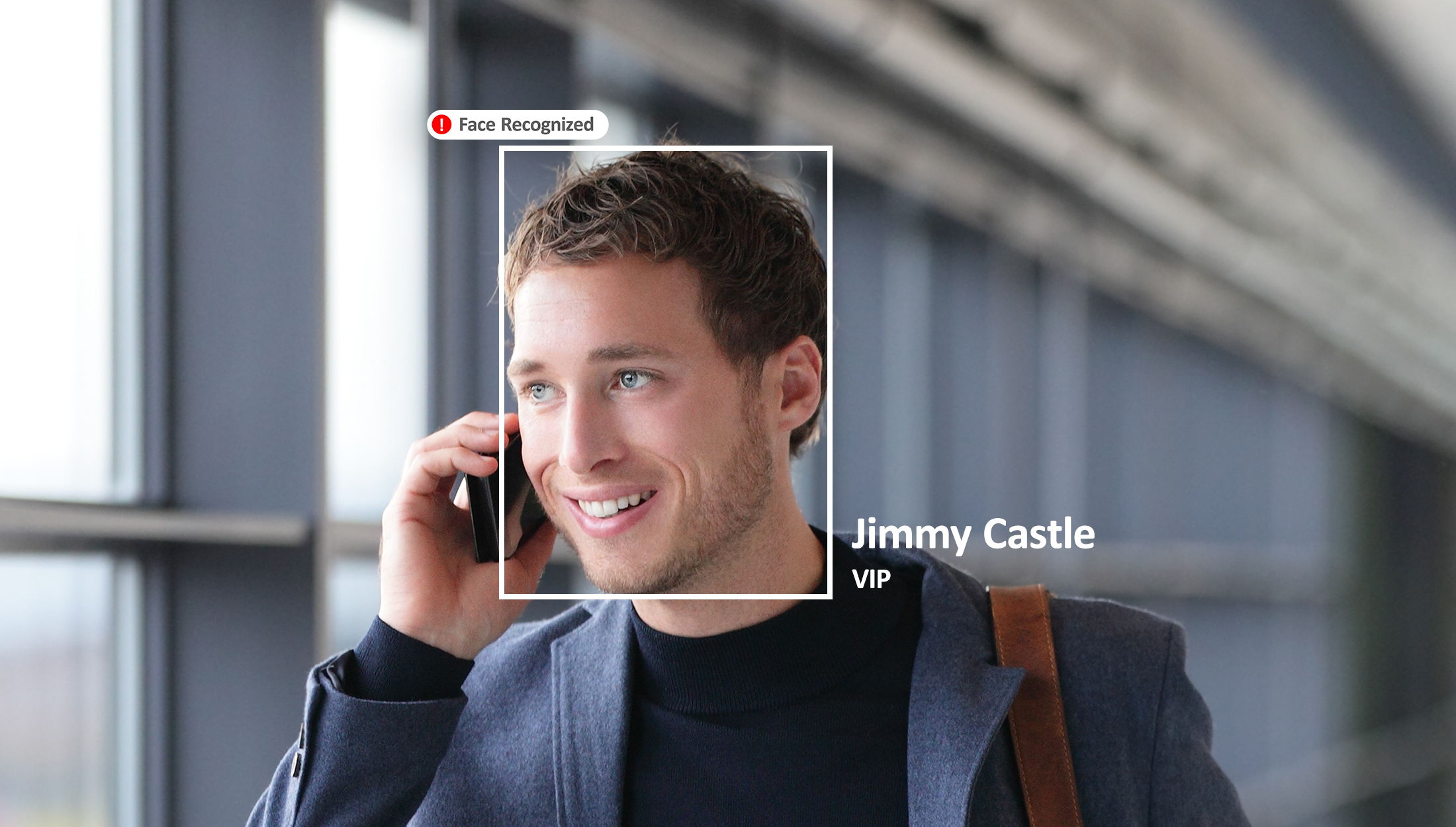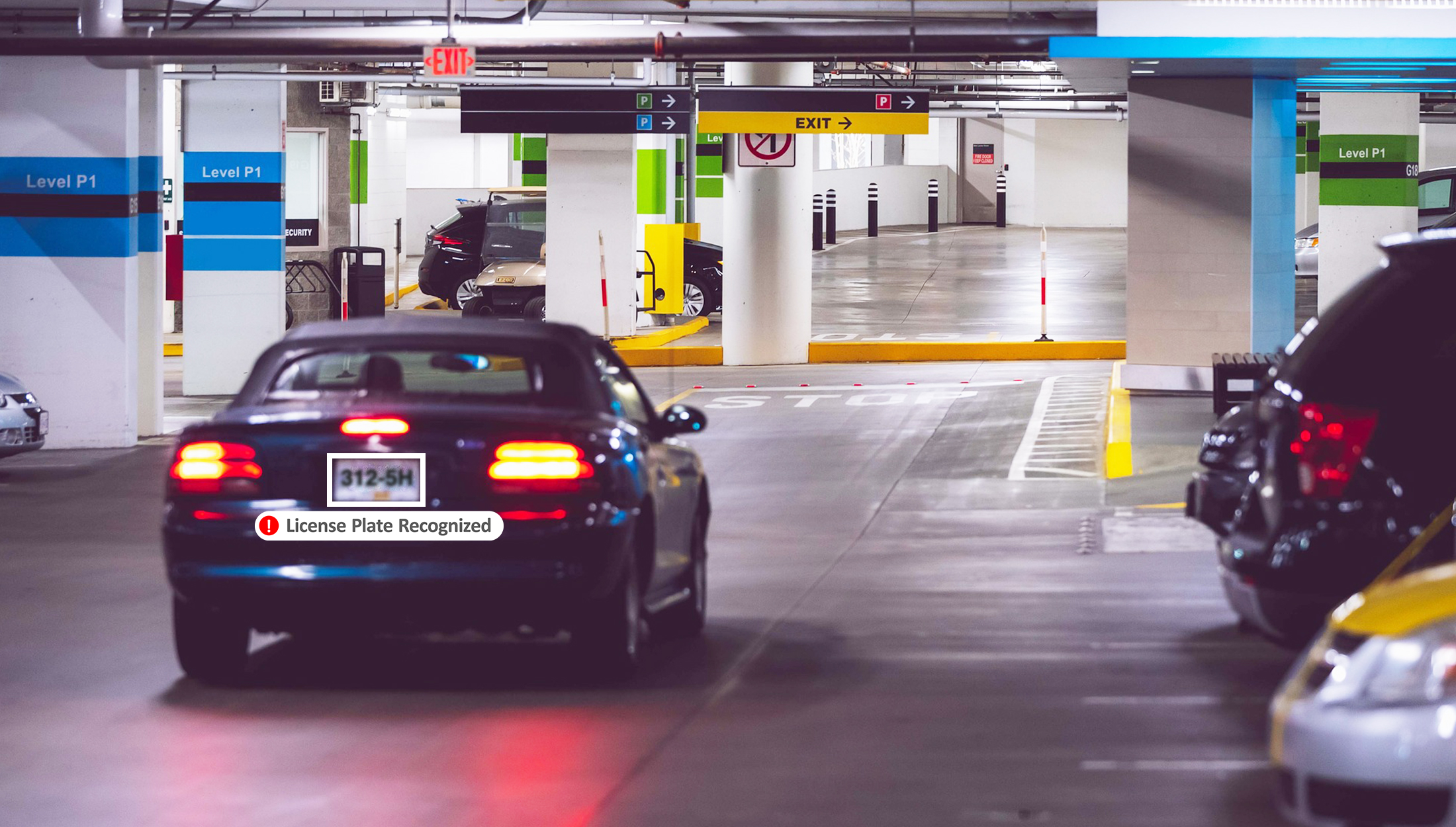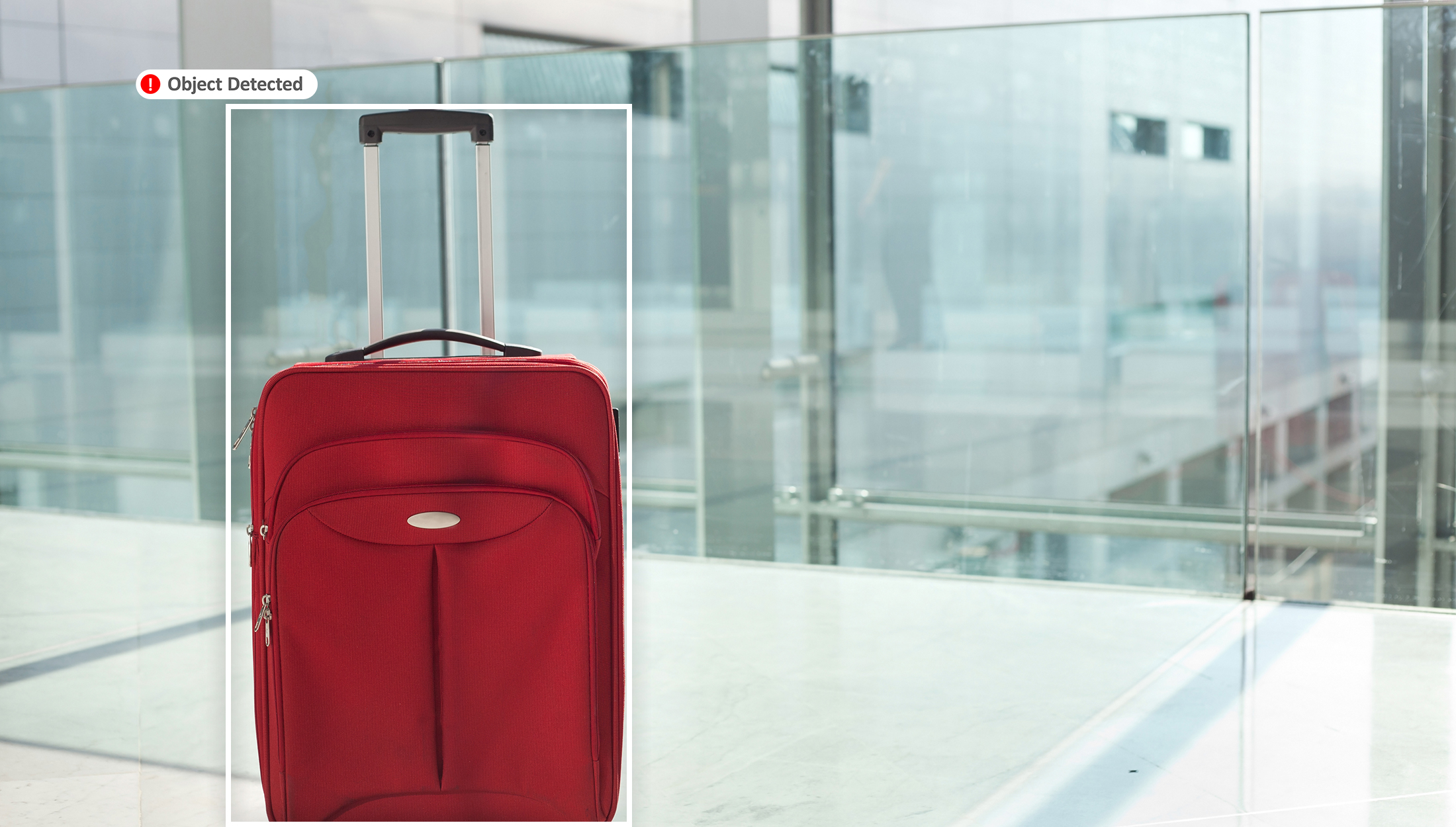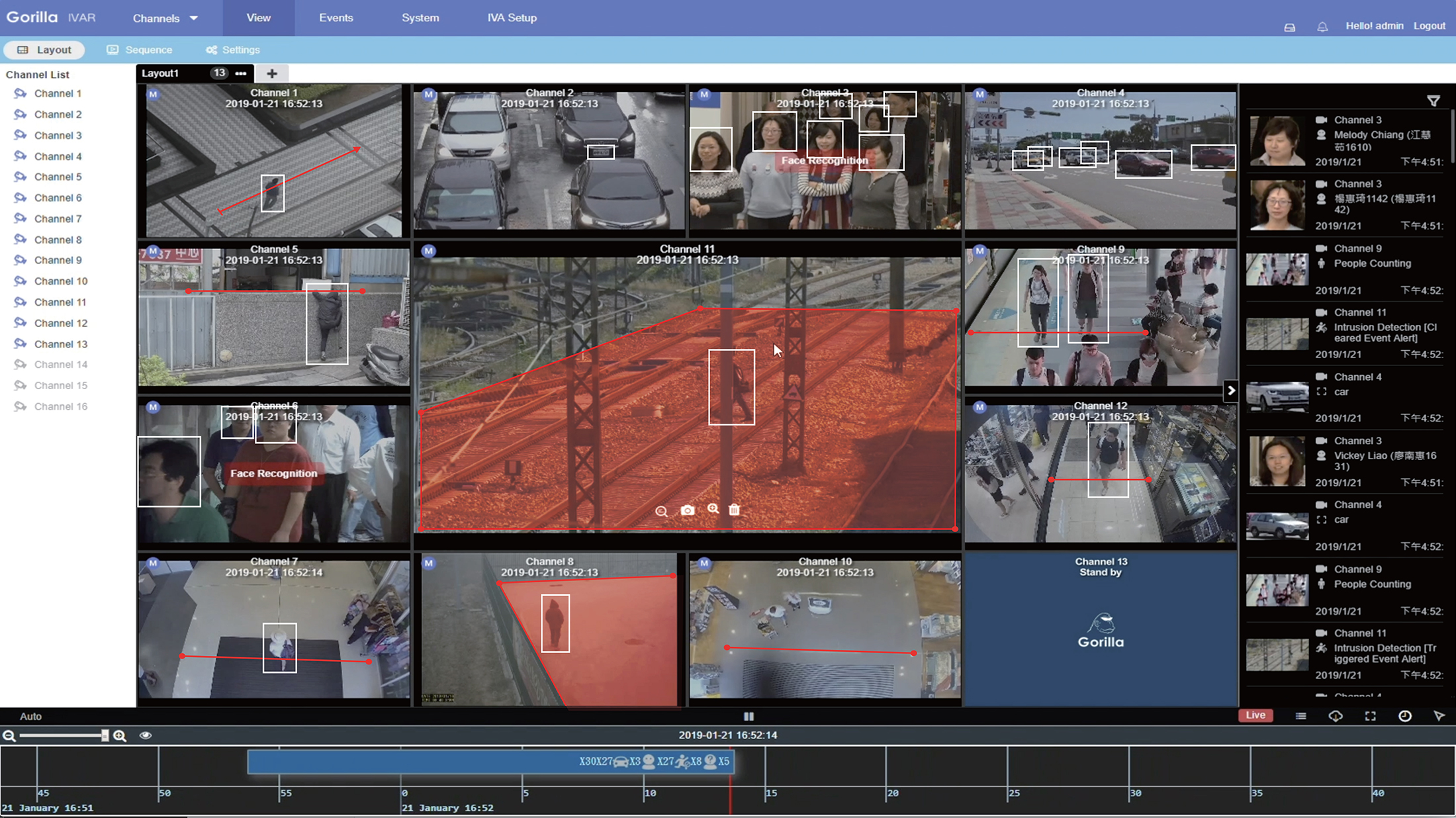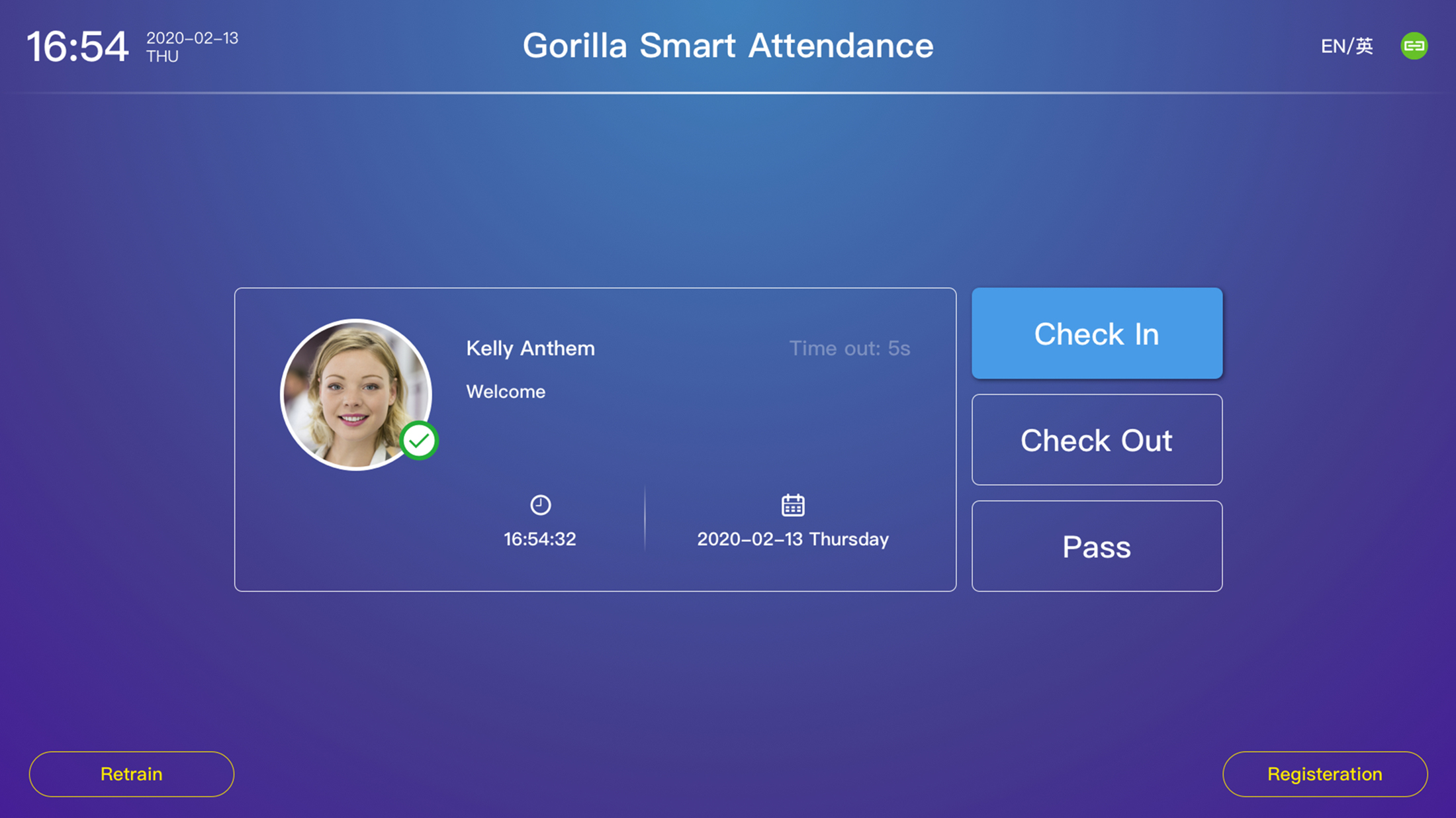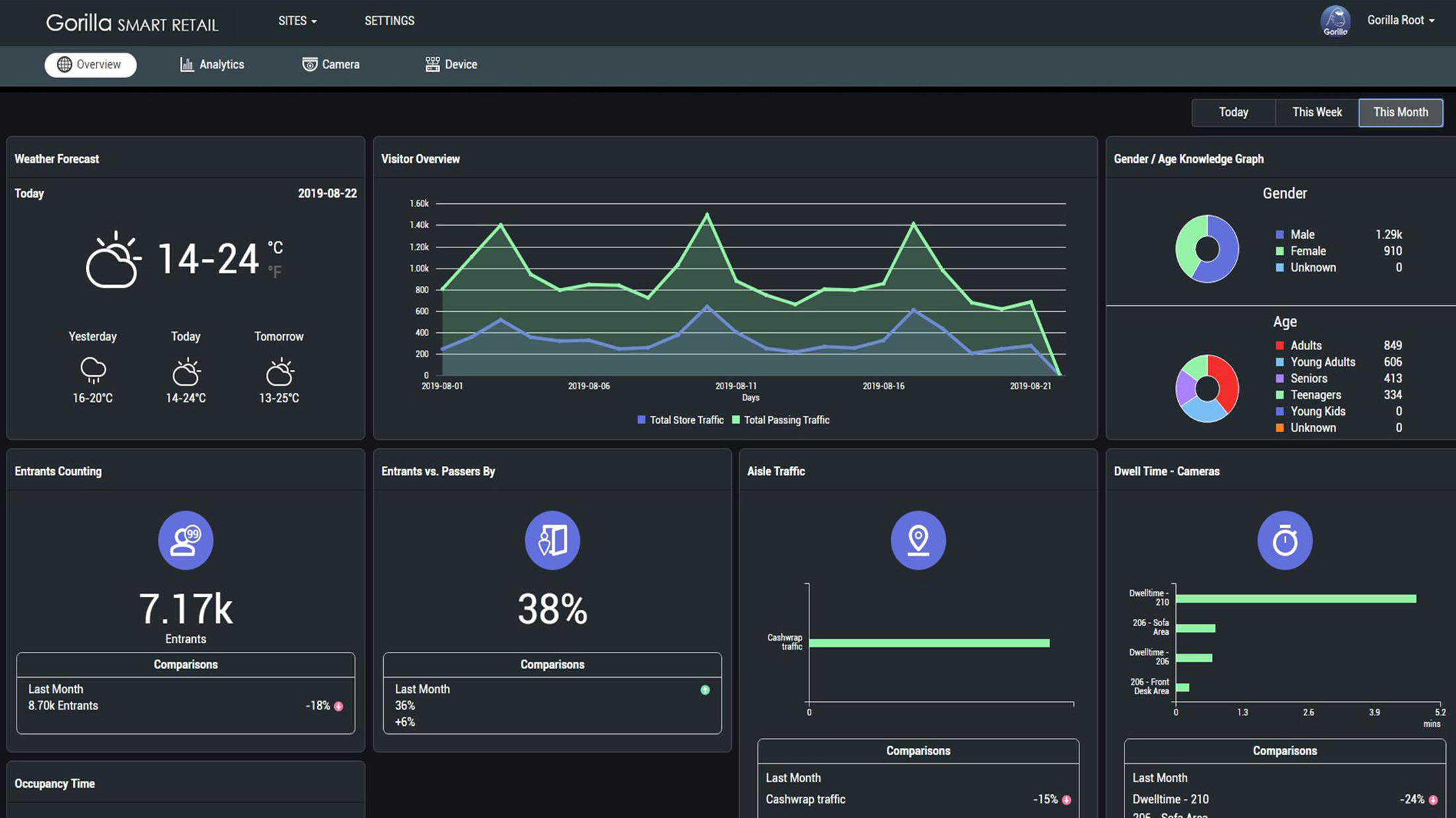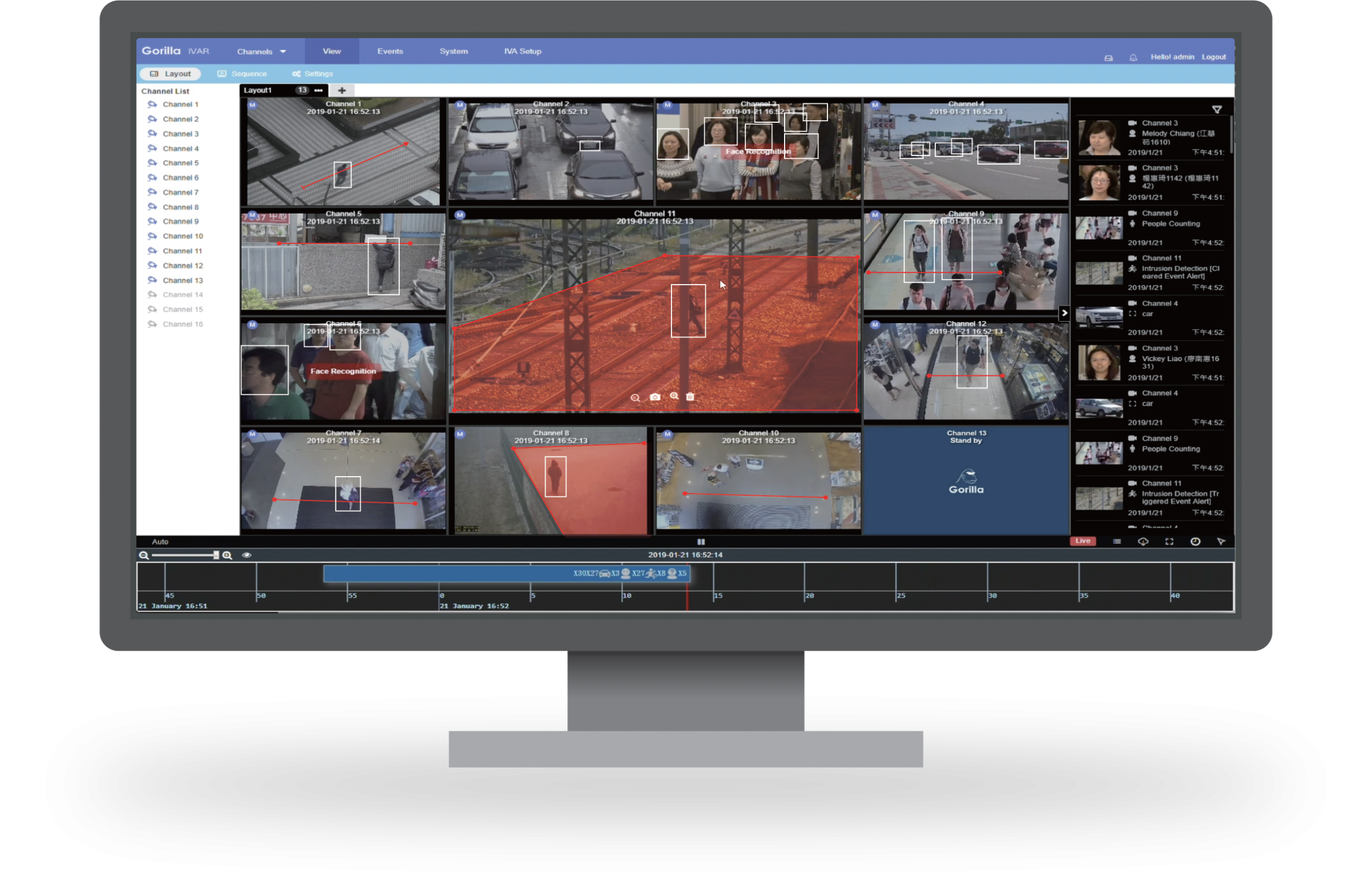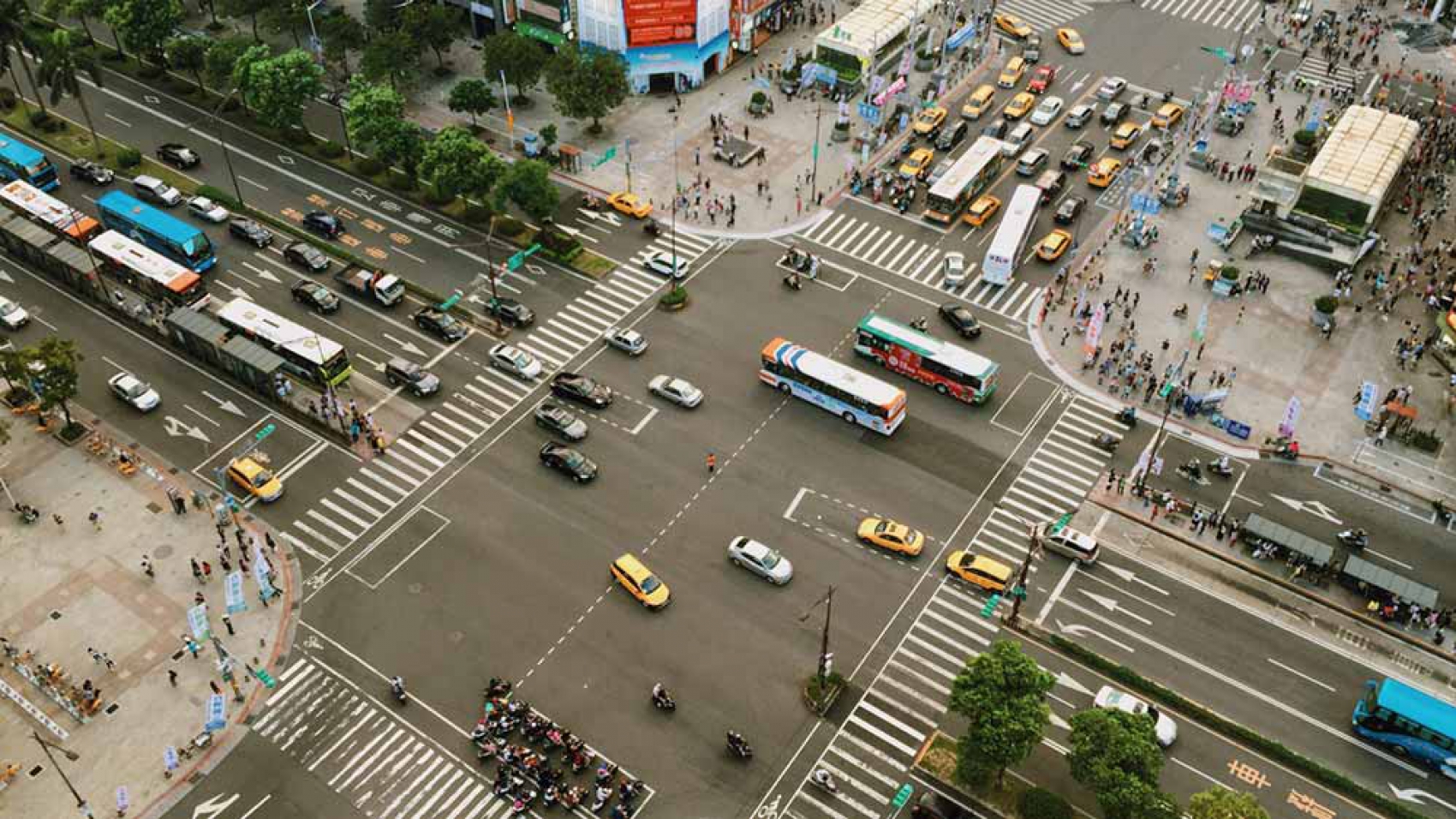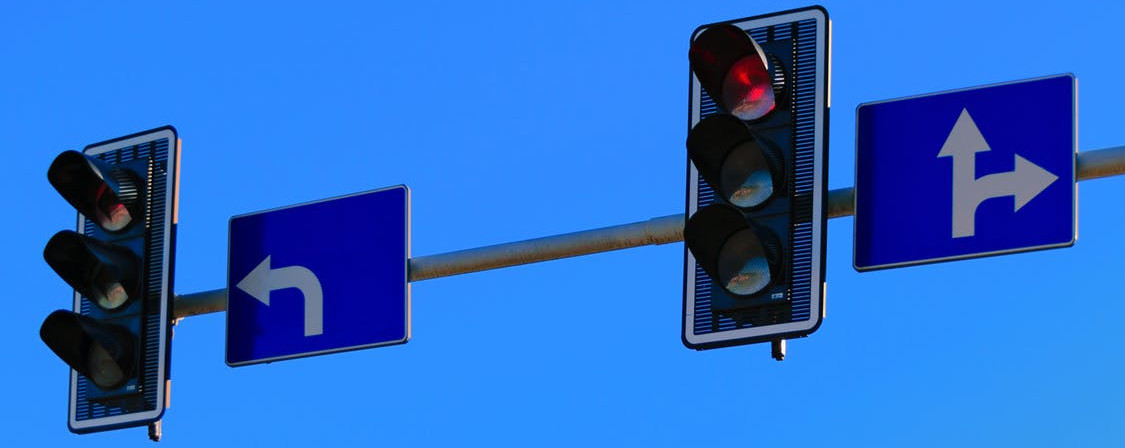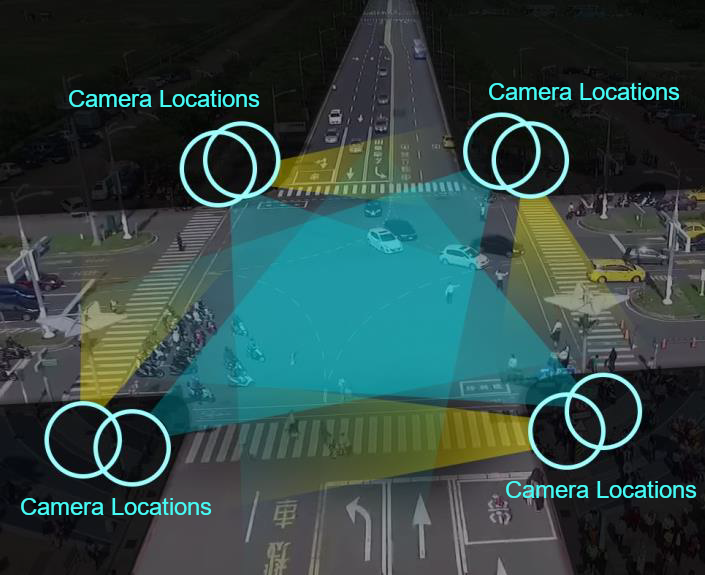What comes to mind when you think about surveillance & security tech? Some companies still only rely on a guard looking at a video wall, strategically placed motion sensors, or badge ID cards for building/office access. Yet many organizations and enterprises are undergoing digital transformations to increase efficiency and upgrade these systems.
In this article we will offer our picks for the top five physical and network security tech solutions that organizations and enterprises are exploring these days.
1. Edge AI & Video Analytics – Video Security
Data Bridge Market Research shows us that the rising need and demand for edge computing programs and services will experience a CAGR of 20.15% with a rise of up to USD 2.7 billion through 2028. To refine that further to include video analytics into the edge AI equation, MarketsandMarkets Research show that video analytics on edge devices improves surveillance and monitoring by reducing the amount of raw data that needs to be transmitted over networks.
Processing facial recognition or other intelligent video analytics to identify things of interest and suspicious activities or behaviors on edge devices is a growing and valuable technology in the surveillance and security fields.
EXAMPLE: The IVAR™ edge AI platform from Gorilla Technology
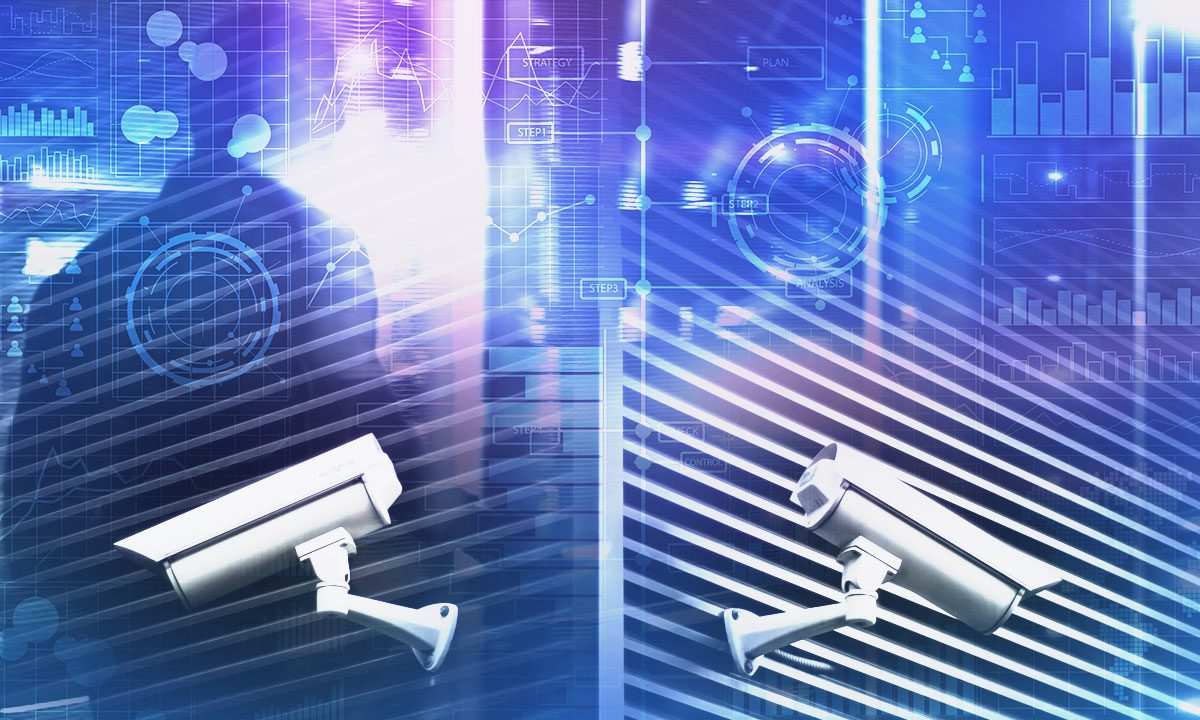
2. OT Security Solutions – Network Security
OT Security is different from standard IT Security. (OT stands for Operational Technology while IT is Information Technology.) OT is a type of hardware and software used to monitor and control physical devices, processes, and infrastructure. OT Security is a common form of cybersecurity used to protect Industrial Systems and networks from various attacks. OT is used across multiple industries including manufacturing, power plants, transportation, utilities, and smart city appliances.
As outlined in a recent report from Market Research Future analysis, the global OT security market is forecast to see an increase to USD 3.5 billion at a CAGR of 42.2% through 2025. The driving forces behind the market growth include the integration of IT and OT systems, surge in the risk of cyber threats on critical infrastructure, and increasing dependence on legacy systems.
EXAMPLE: The NSGuard Series of OT Security Solutions from Gorilla
3. Access Control Systems – Video Security
COVID-19 has changed quite a bit in regards to access control systems and what they are expected to do. Edge AI video analytics are being implemented more in access control systems to accomplish things like employee ID verification via face recognition. From monitoring employee health conditions and meeting government mask/temperature regulations to ensuring visitors and employees can gain timed access with privileges to pre-assigned areas on to time-logging every area entry and exit, the desired tasks assigned to access control systems have expanded quite a bit. While its roots are in security, access control systems are now just as important for health and controlling the spread of deadly diseases.
Mordor Intelligence reports that the Access Control market is expected to reach USD 11.7 billion by 2026 and grow at a CAGR of 7.38% until then. The need to enhance the safety and security across various residential and commercial segments is significantly adding to the market growth globally. The advancements in edge AI computing mentioned above and the expanded use cases in this post-pandemic era have both contributed a great deal to the growing interest in access control systems.
EXAMPLE: Post-Pandemic Access Control & Area Management from Gorilla
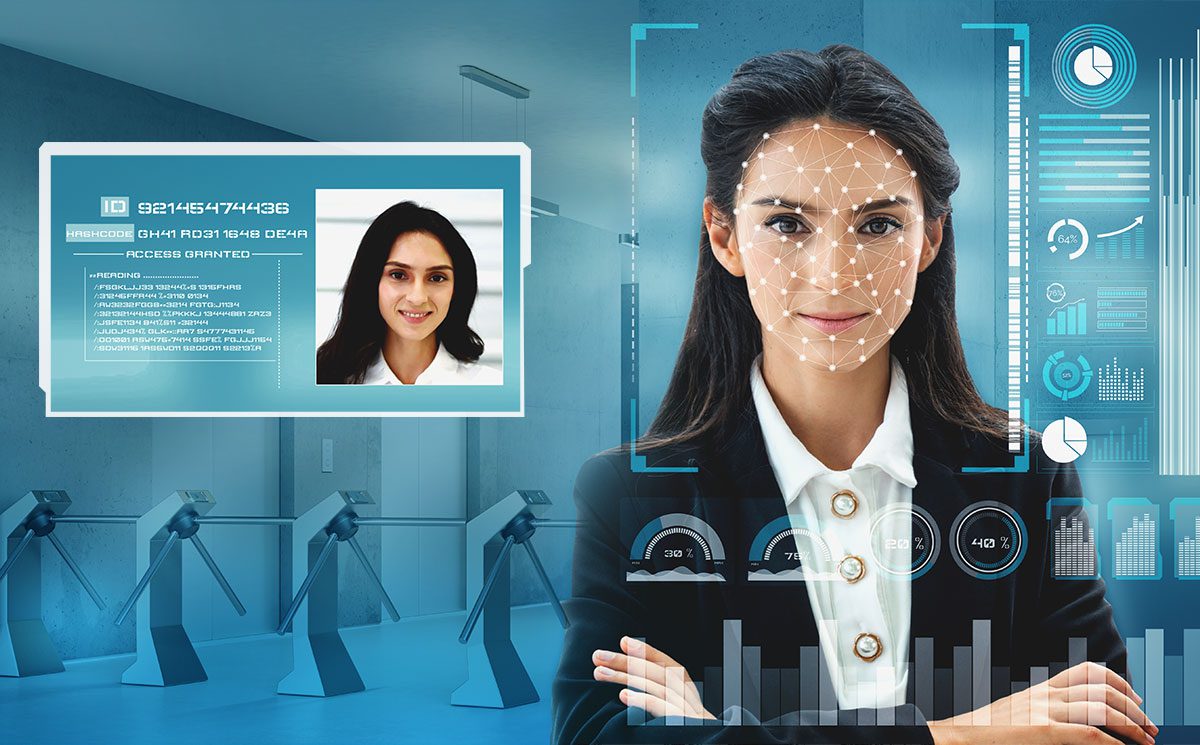
4. IoT Sensors – Video Security
The global smart (IoT) sensor market size, according to Allied Market Research, is projected to reach $91.37 Billion by 2027 with a CAGR of 14.30%. IoT sensors enable better control and monitoring of different security operations. These sensors react to physical inputs that occur or change – like light, heat, motion, moisture, or pressure – by producing an output on a display or transmitting data further processing on edge devices or other designated machines with the help of signal conditioning, embedded algorithms, and digital interfaces.
These sensors are often used in the surveillance and security fields along with other technology – specifically enterprise security. The demand for combining video surveillance, edge AI video analytics, and IoT sensors to create comprehensive physical security systems with multiple false-positive checks is increasing rapidly – and so is using OT security solutions to ensure device and health and security.
EXAMPLE: Enterprise Security Solutions from Gorilla
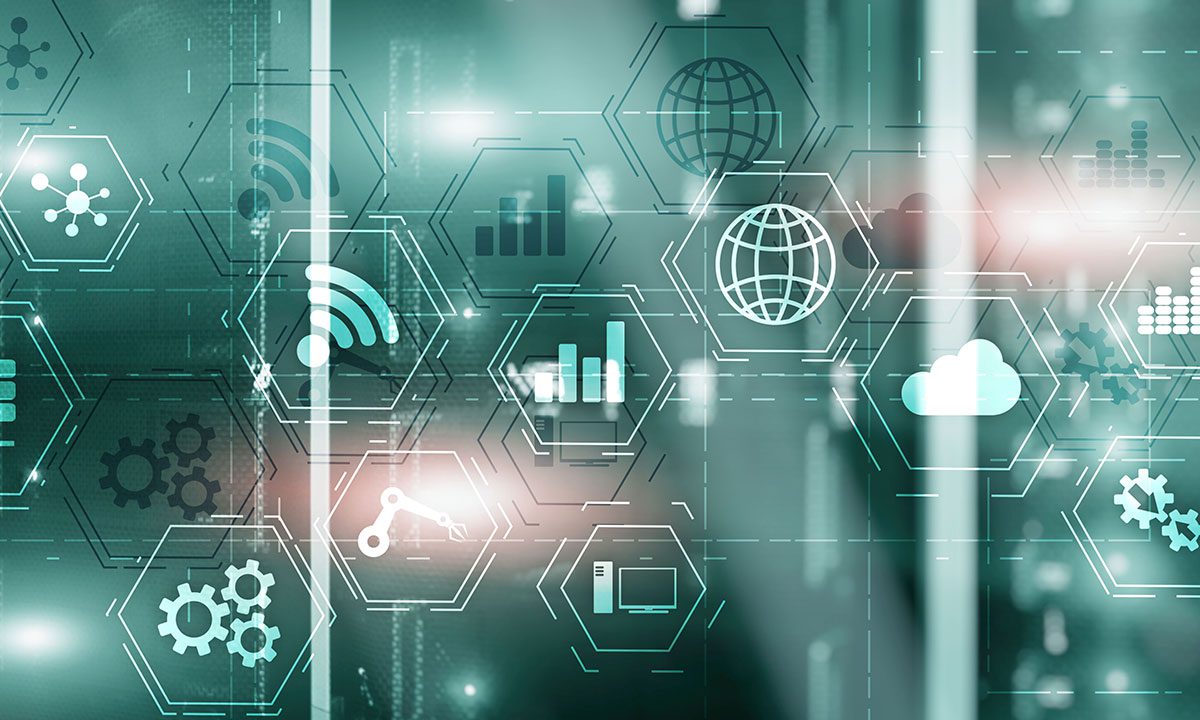
5. VMS Systems – Video Security
Kenneth Research reported to MarketWatch that the global Video Management Software (VMS) industry is anticipated to see a CAGR of more than 16.85% through to 2025. Factors pushing this projected industry growth include easier ways of deployment, the rising use of IP videos, third-party integration, and other digital business systems. Mainly due to COVID-19, safety and security concerns have escalated nearly everywhere and further advancements in edge AI video analytic processing capability have led many VMS users to upgrade their systems to include some form of video analytics as well as OT security.
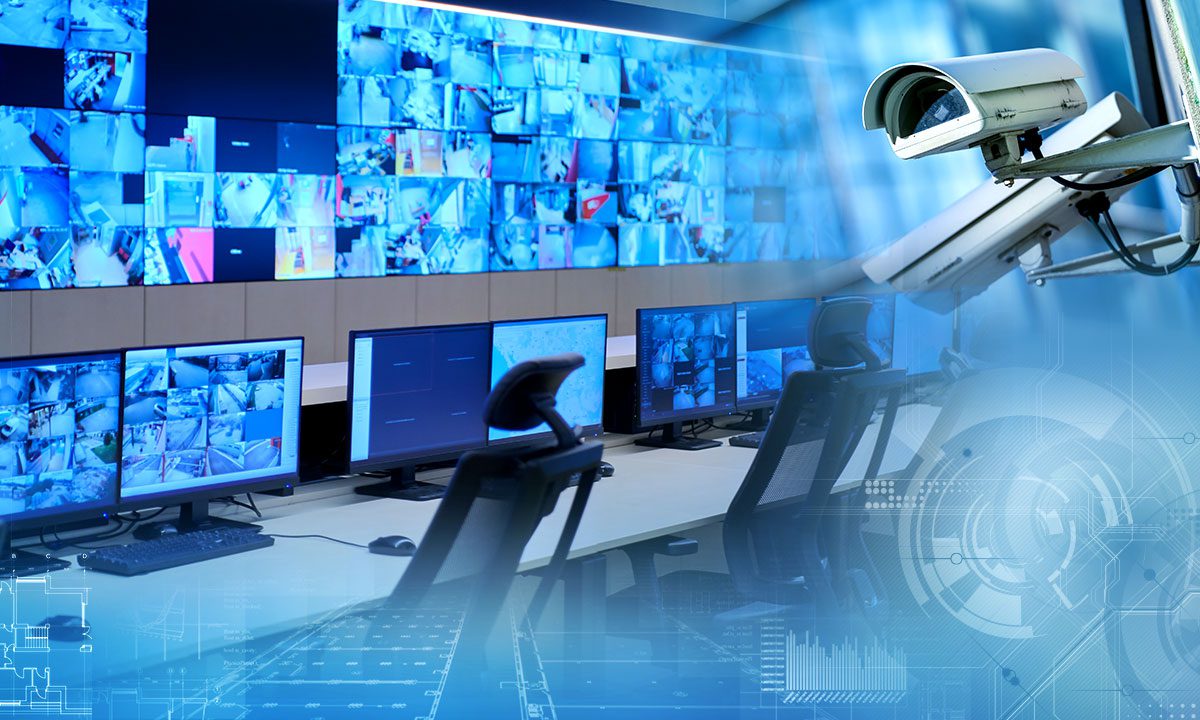
Observations in Video Security and Network Security Tech
CCTV cameras only sending video to hard drives, guards staring at video walls, ‘systems’ made up of only motion sensors, and unmanaged device/system health – these old days of security are over. As you read in the sections above, video analytics & edge AI, OT security, access control, and integrated IoT is the combined direction that the field is moving. So meet the future today and contact Gorilla about one or more of the ideas in this article.

